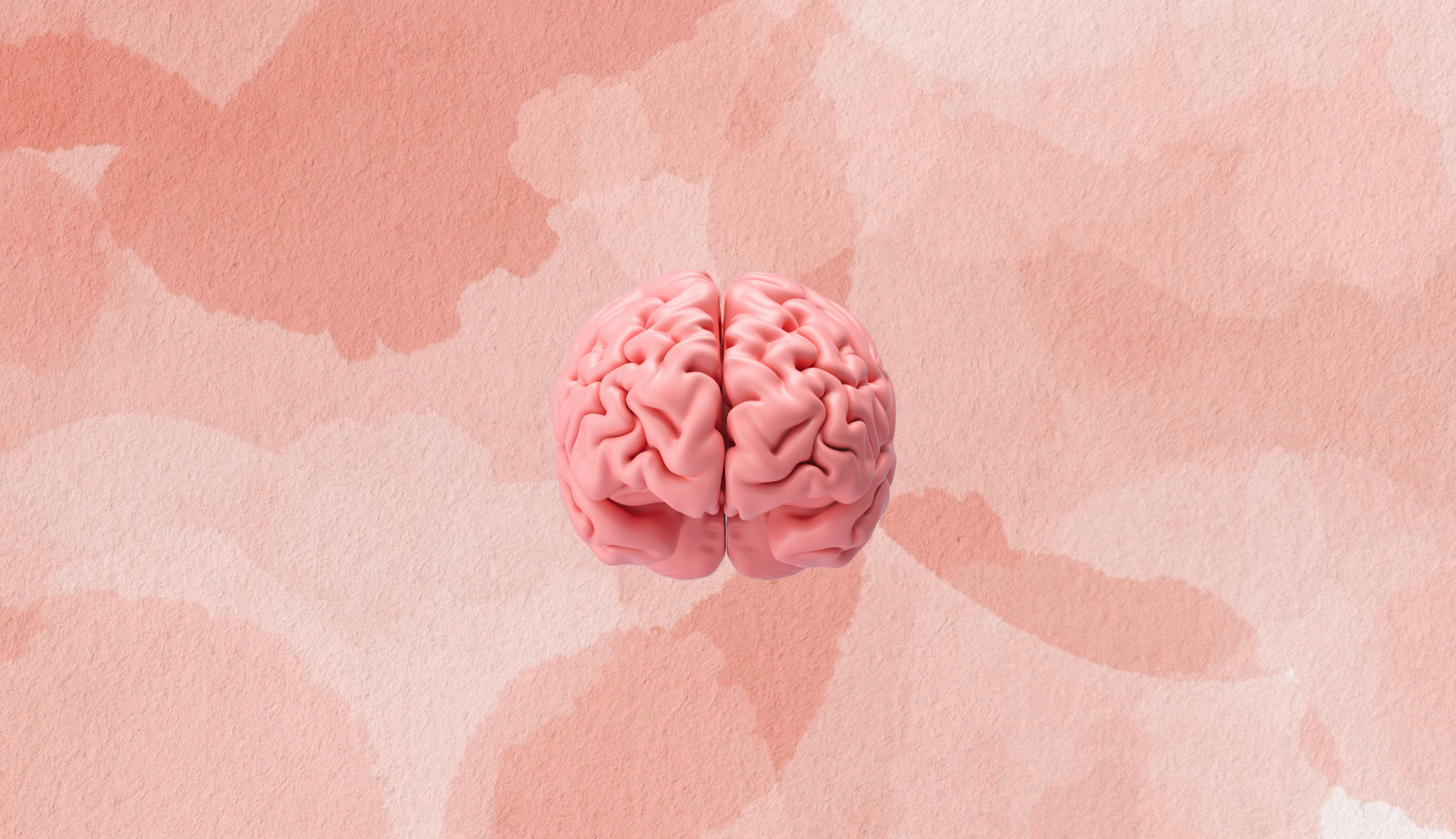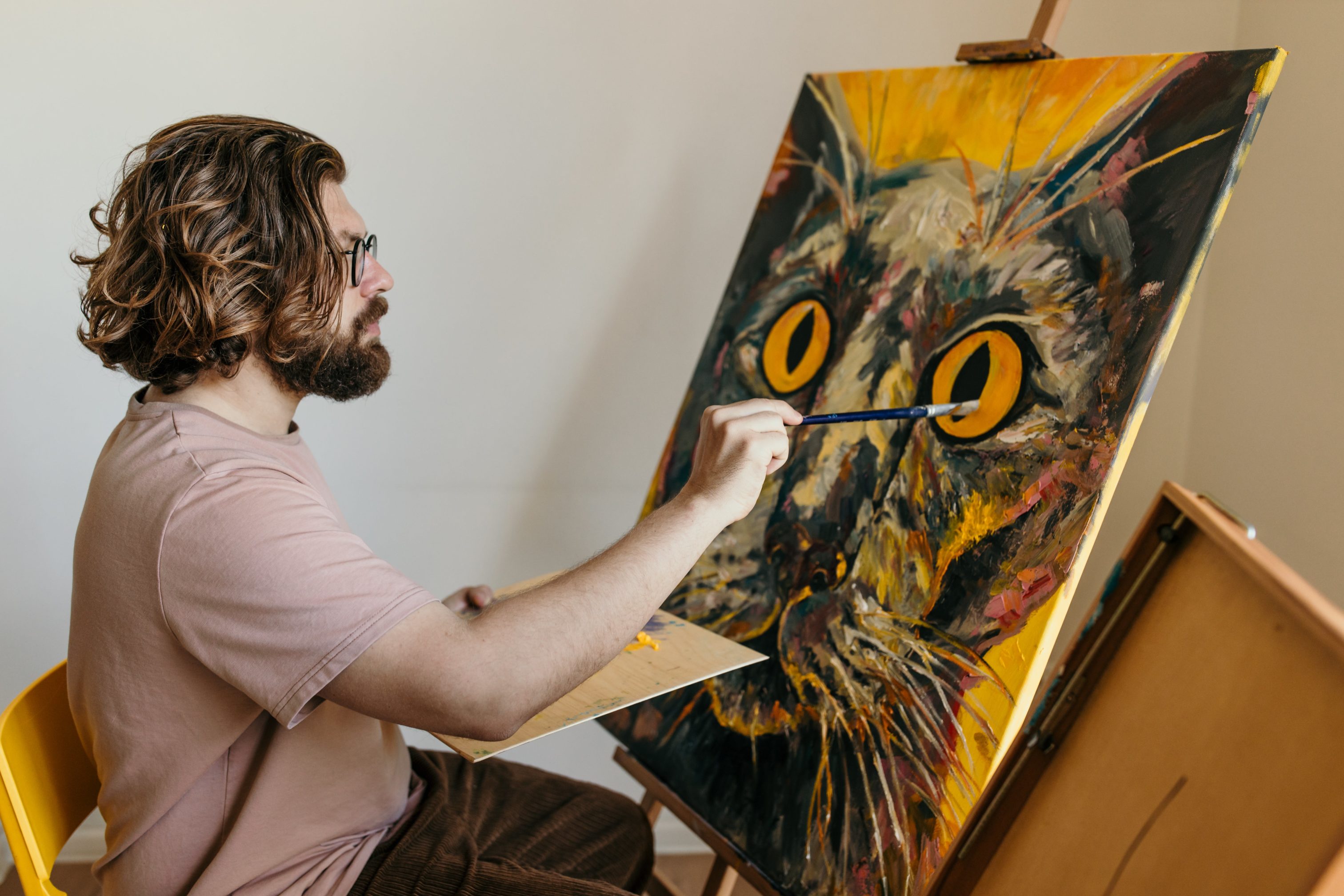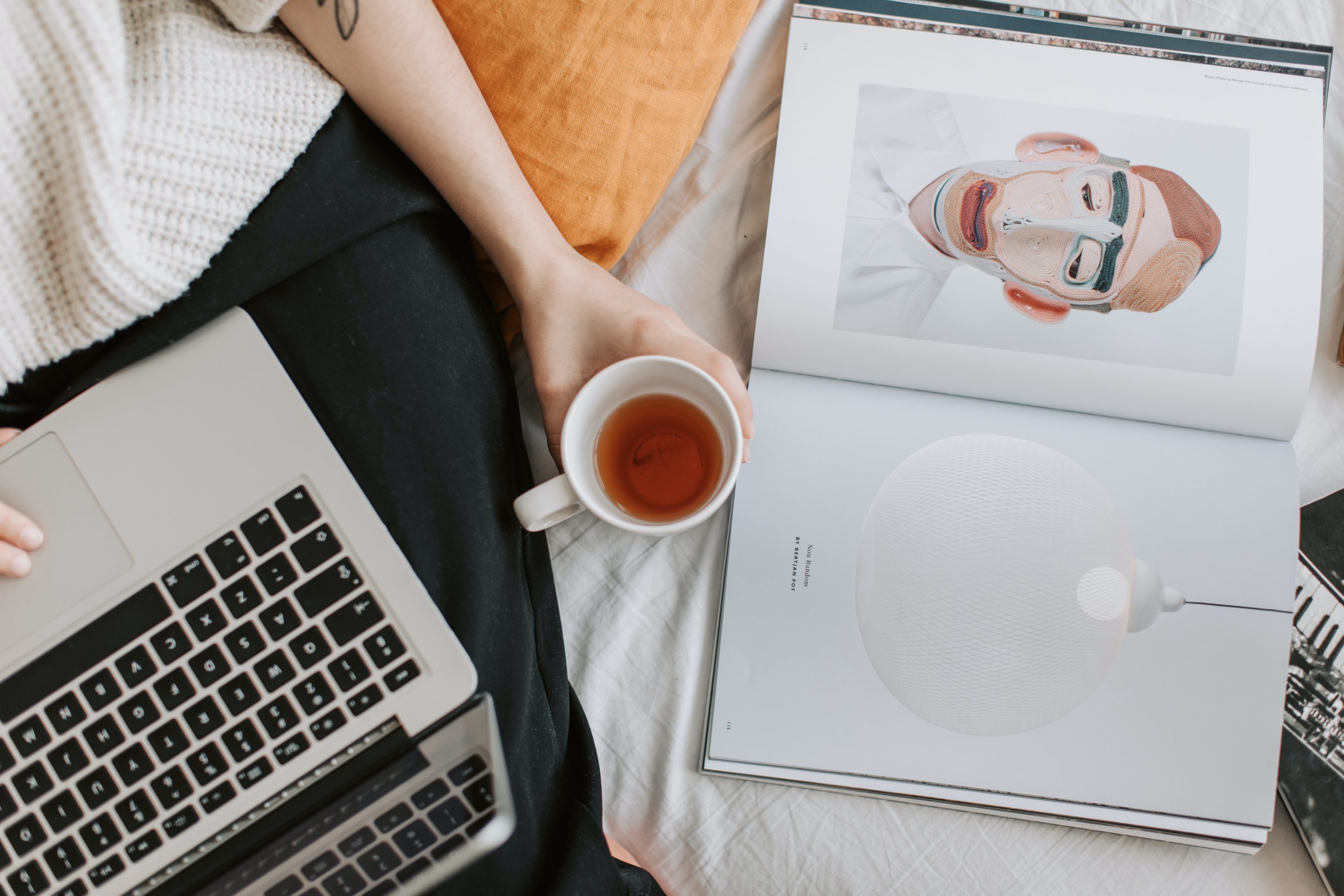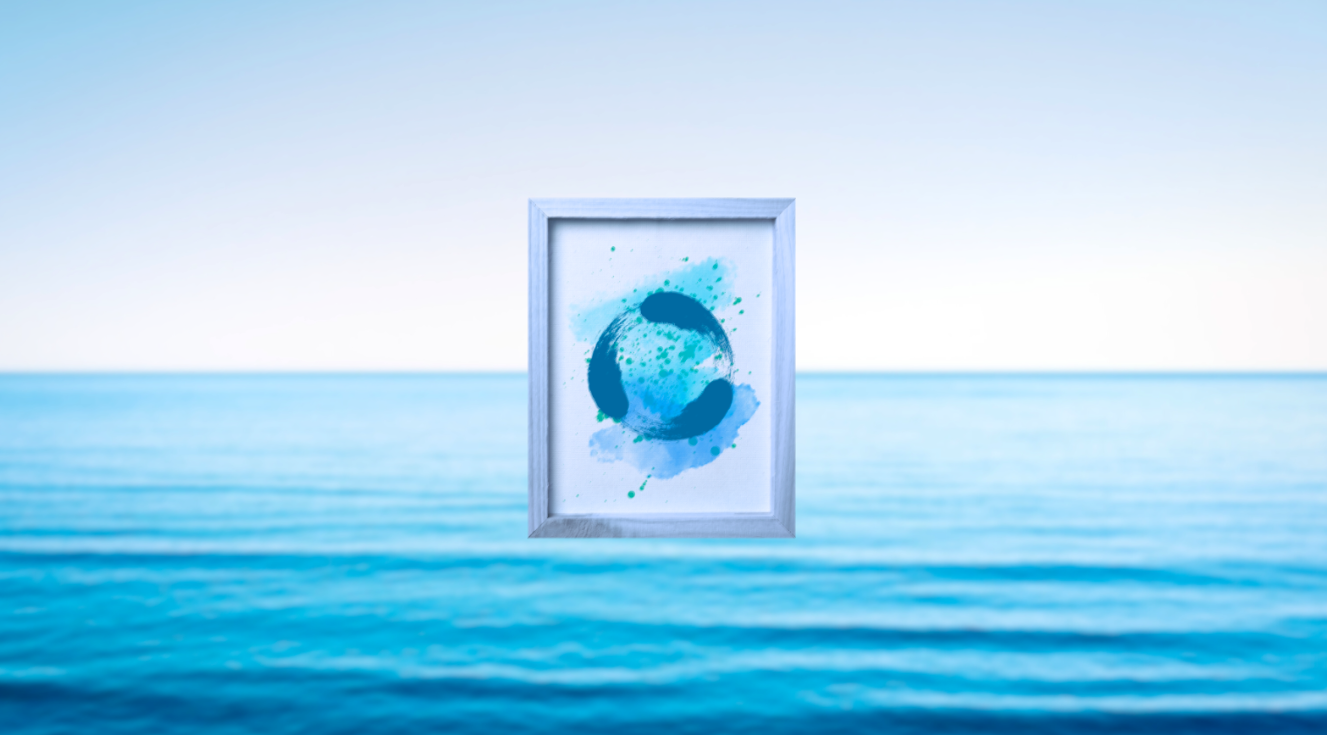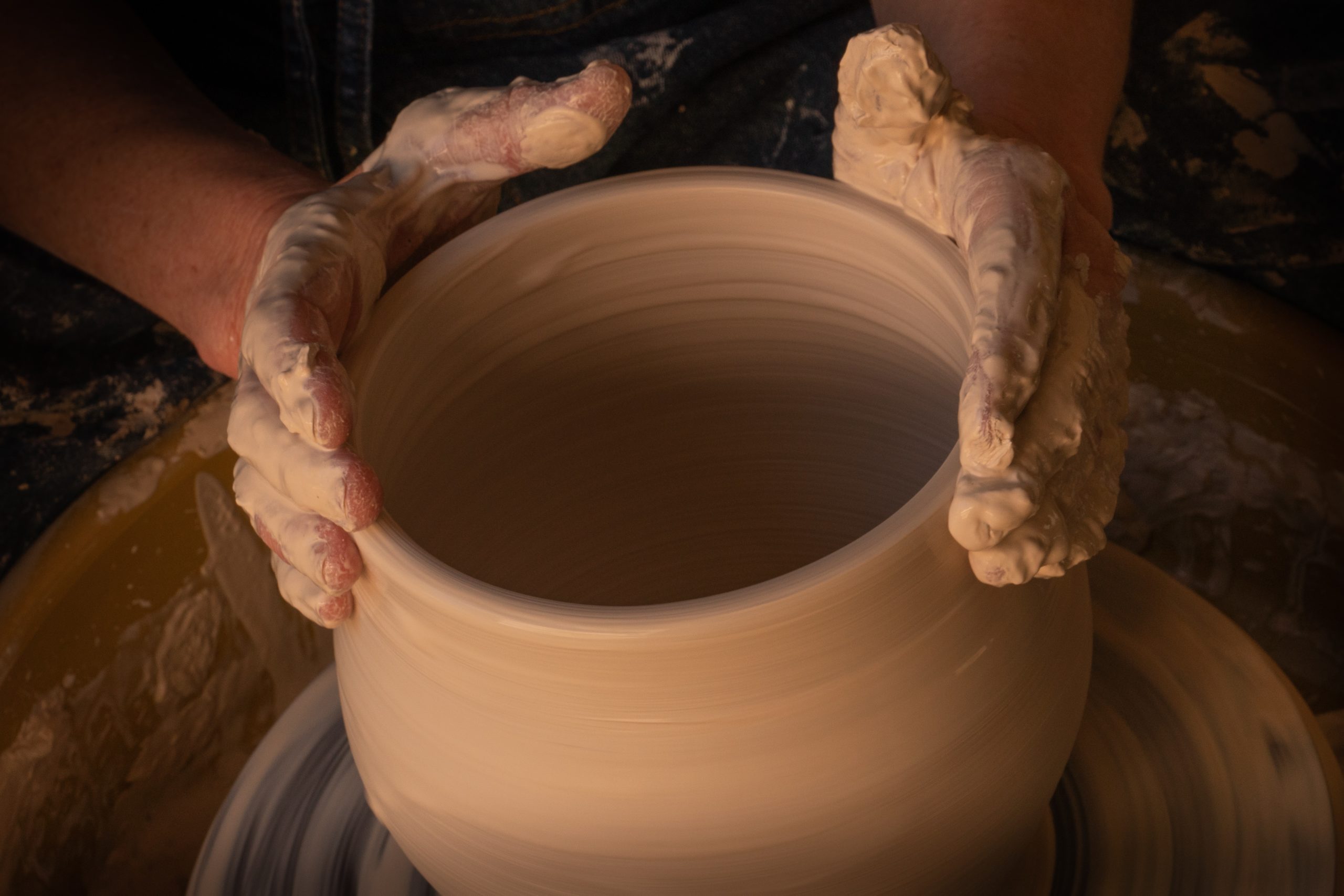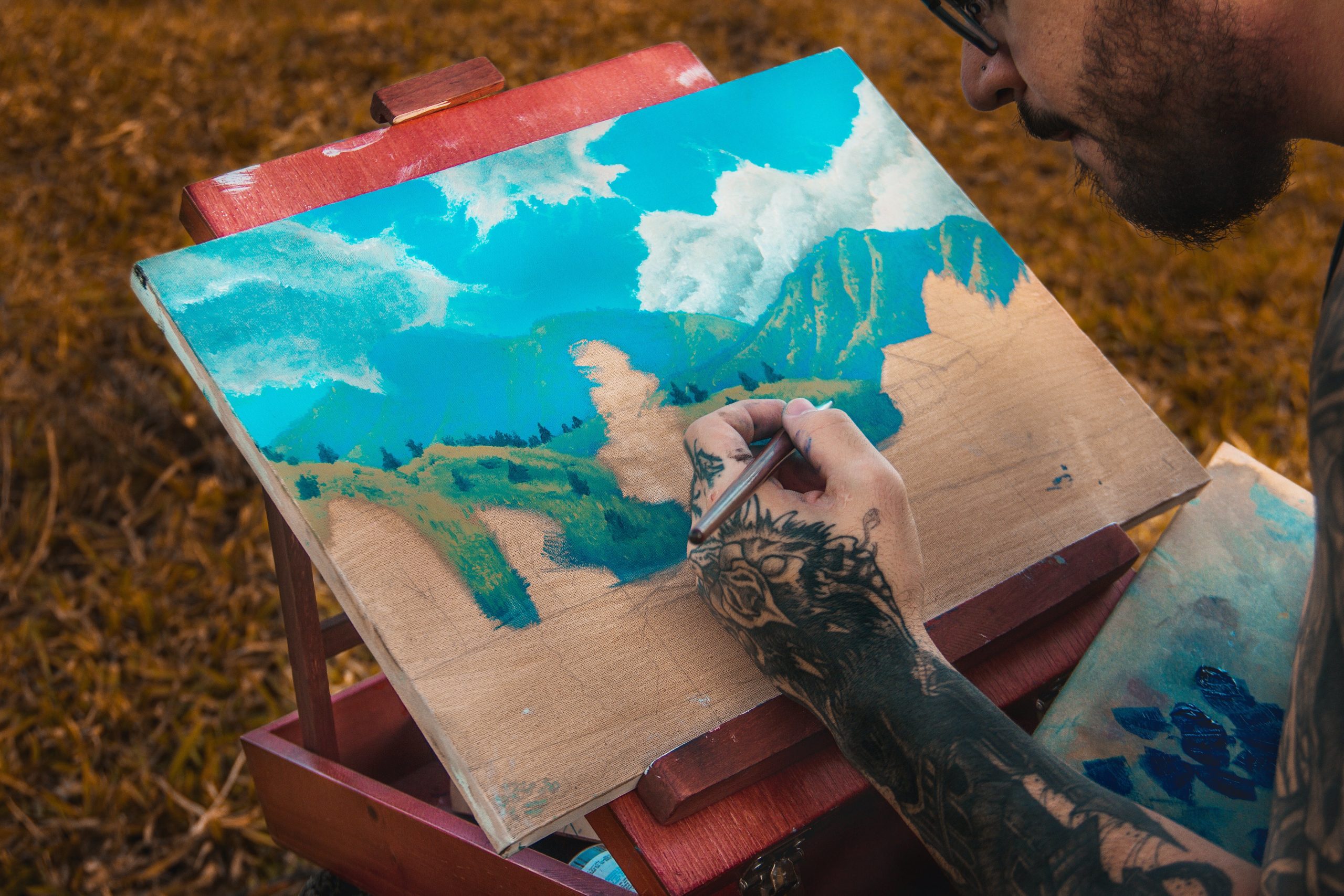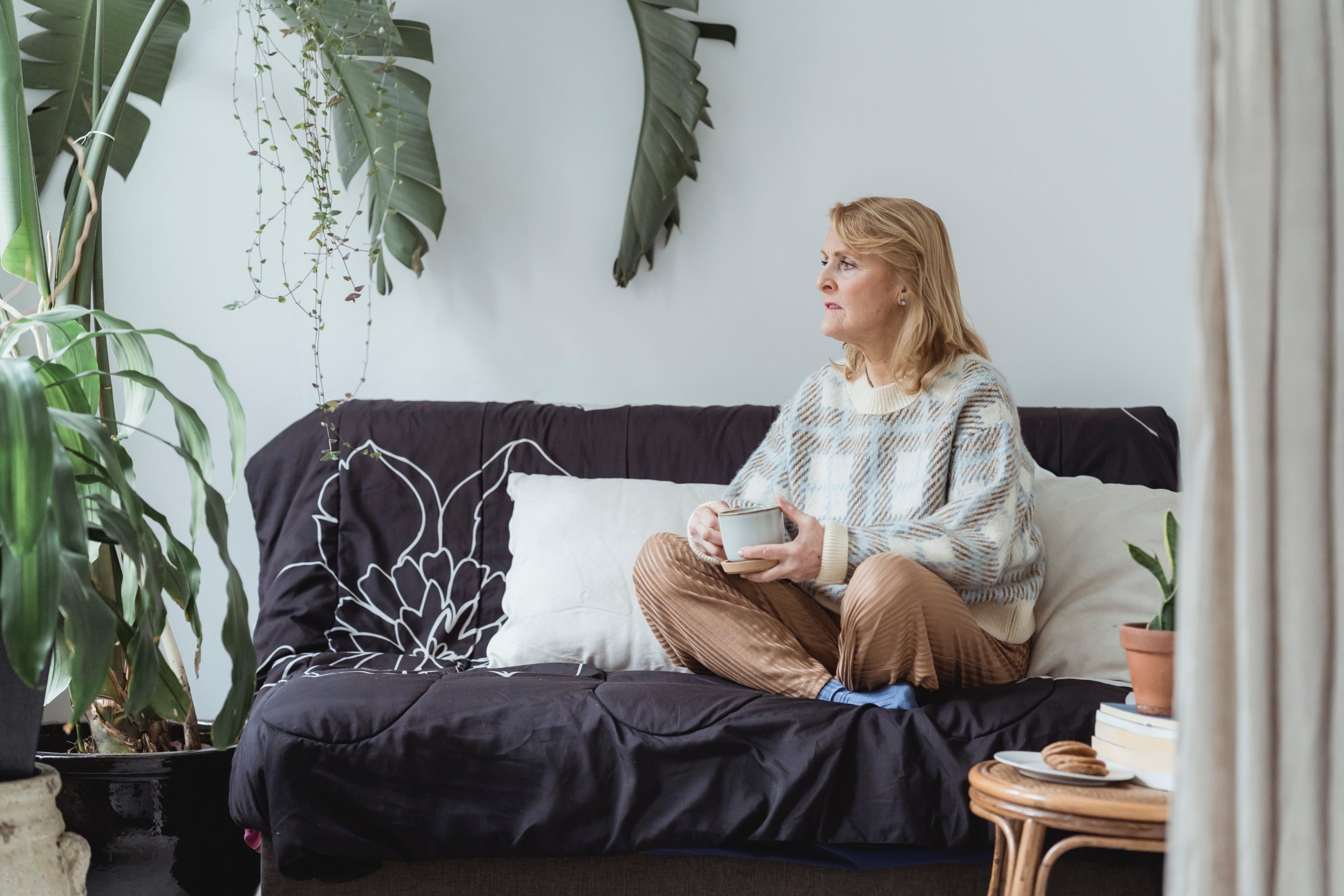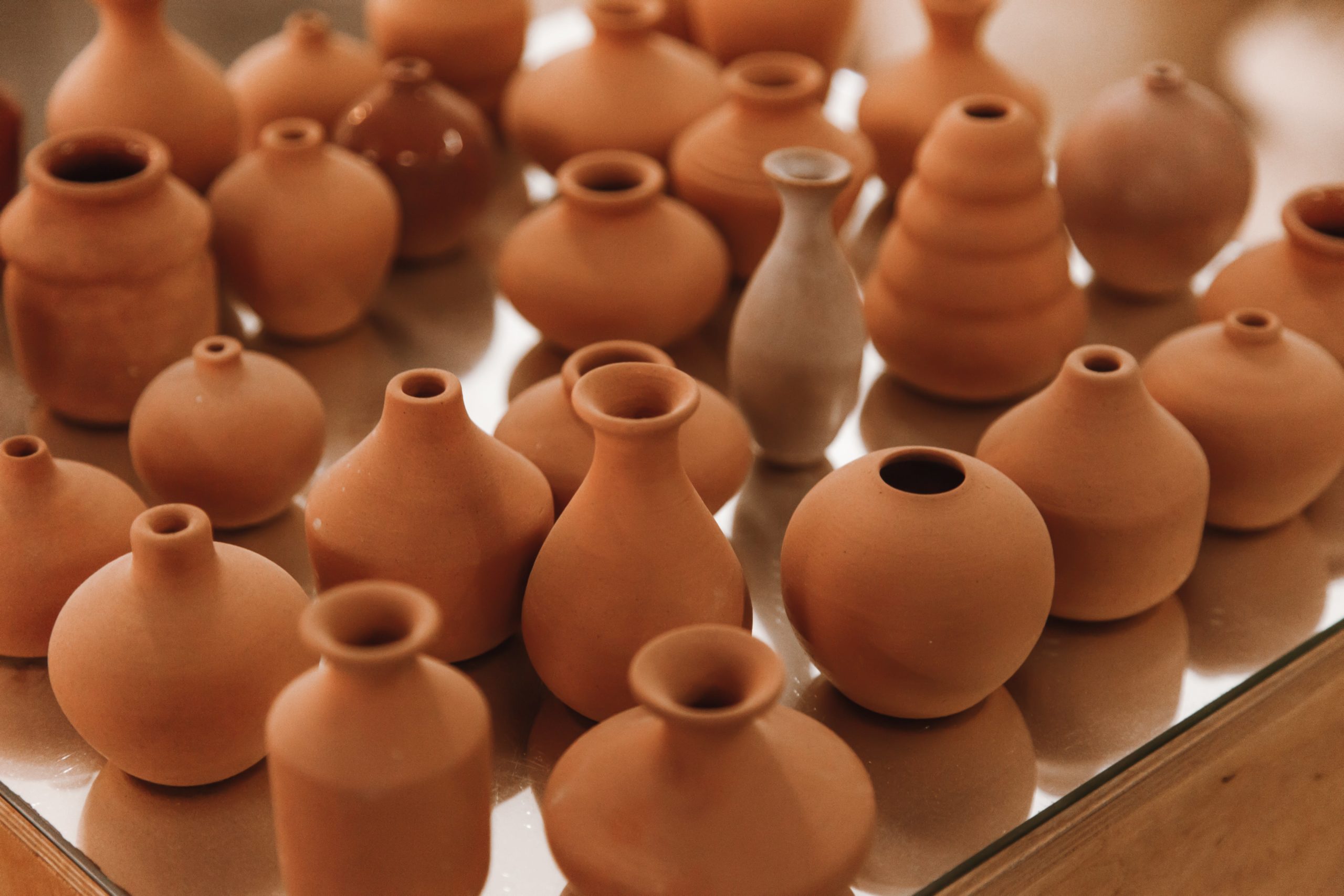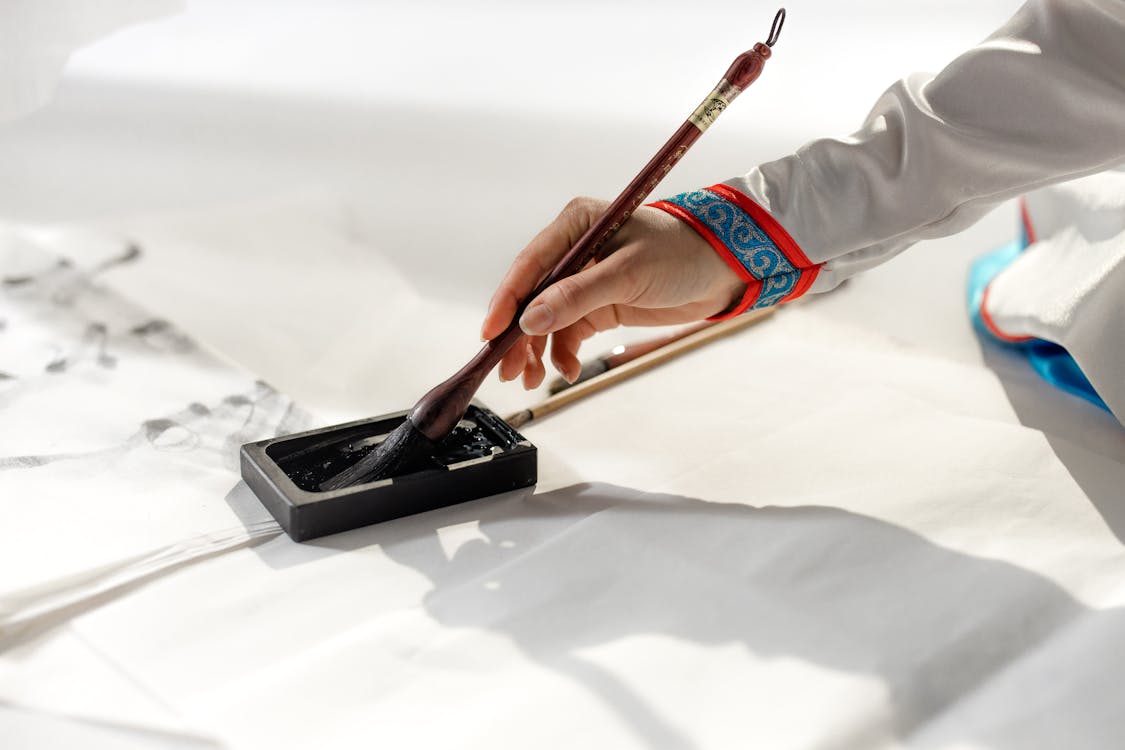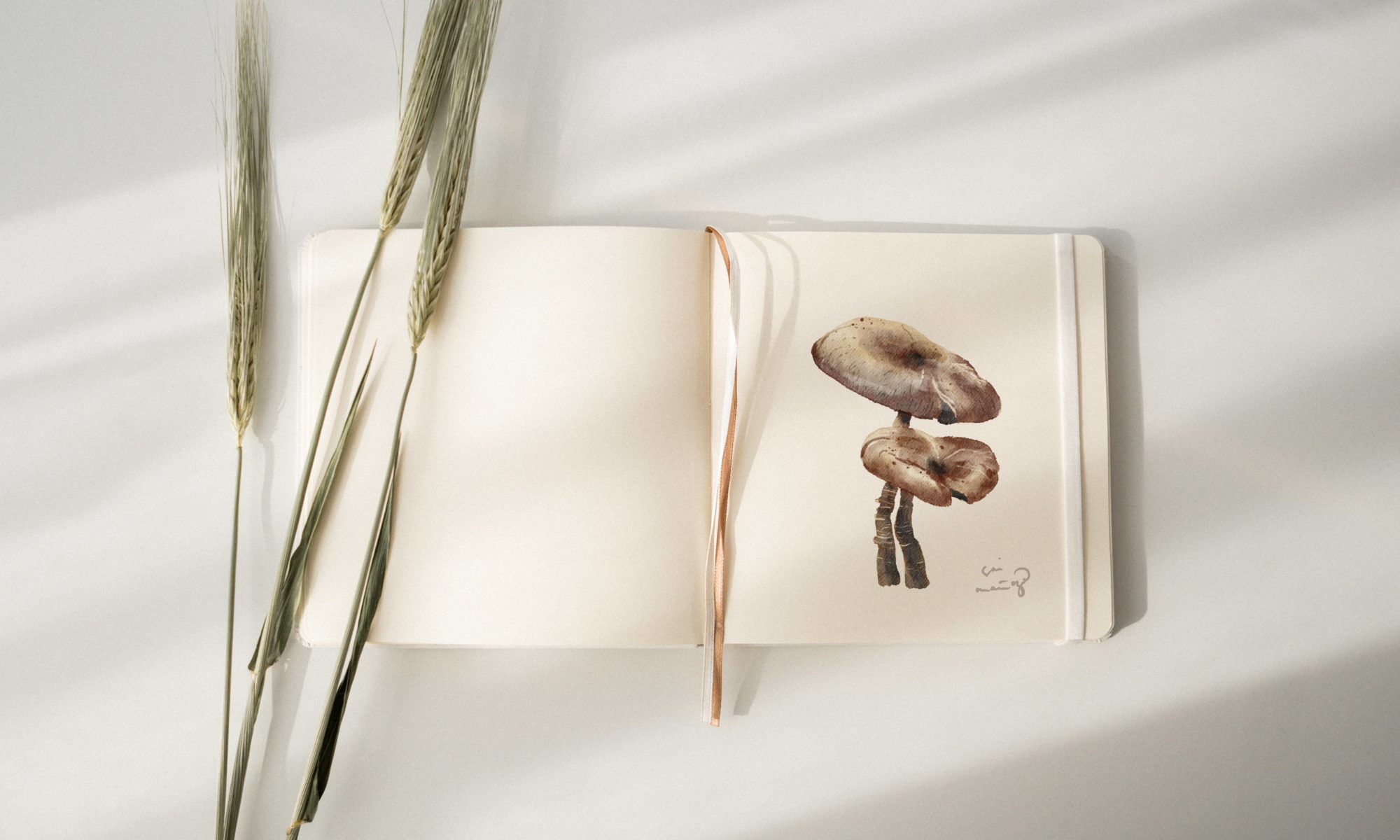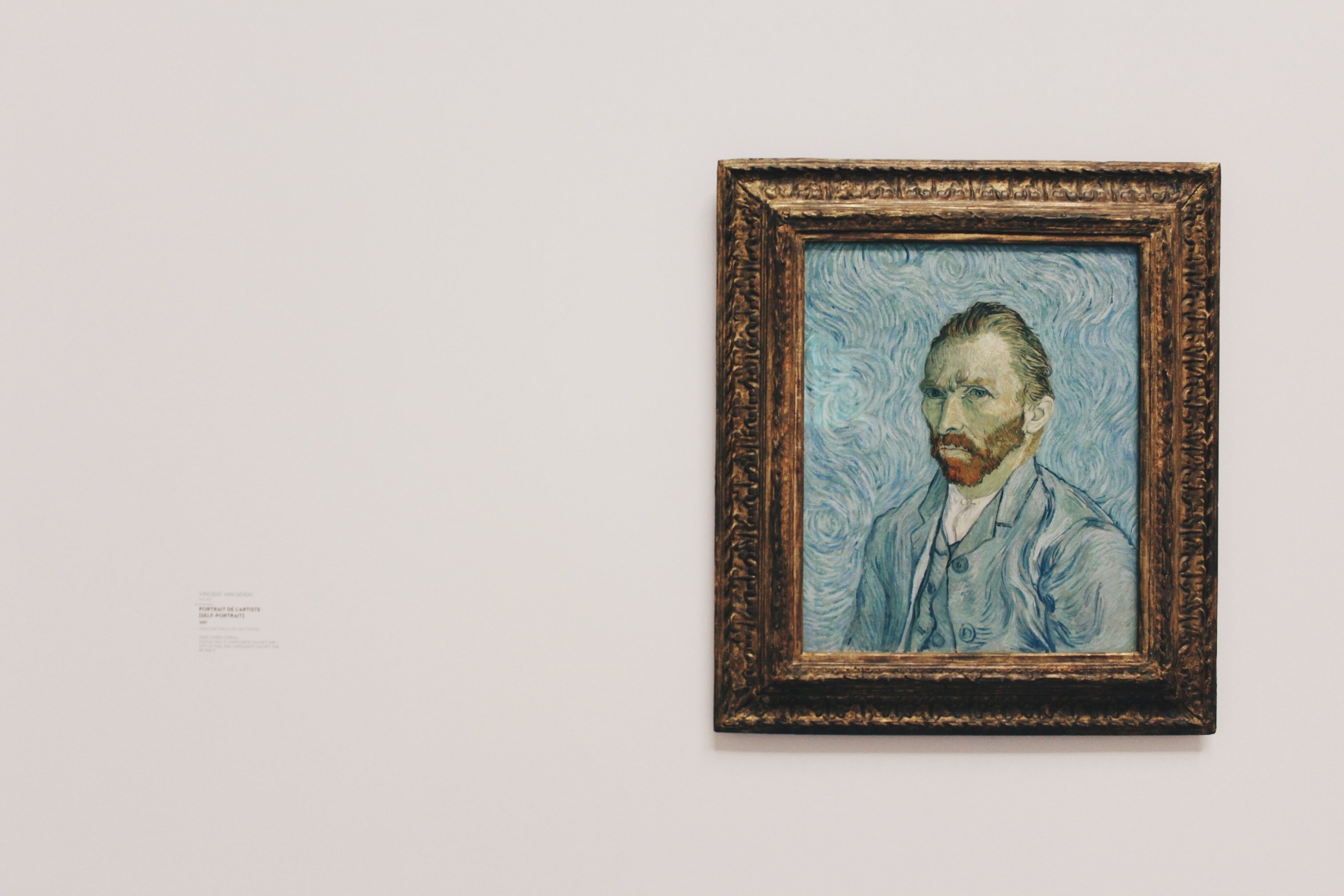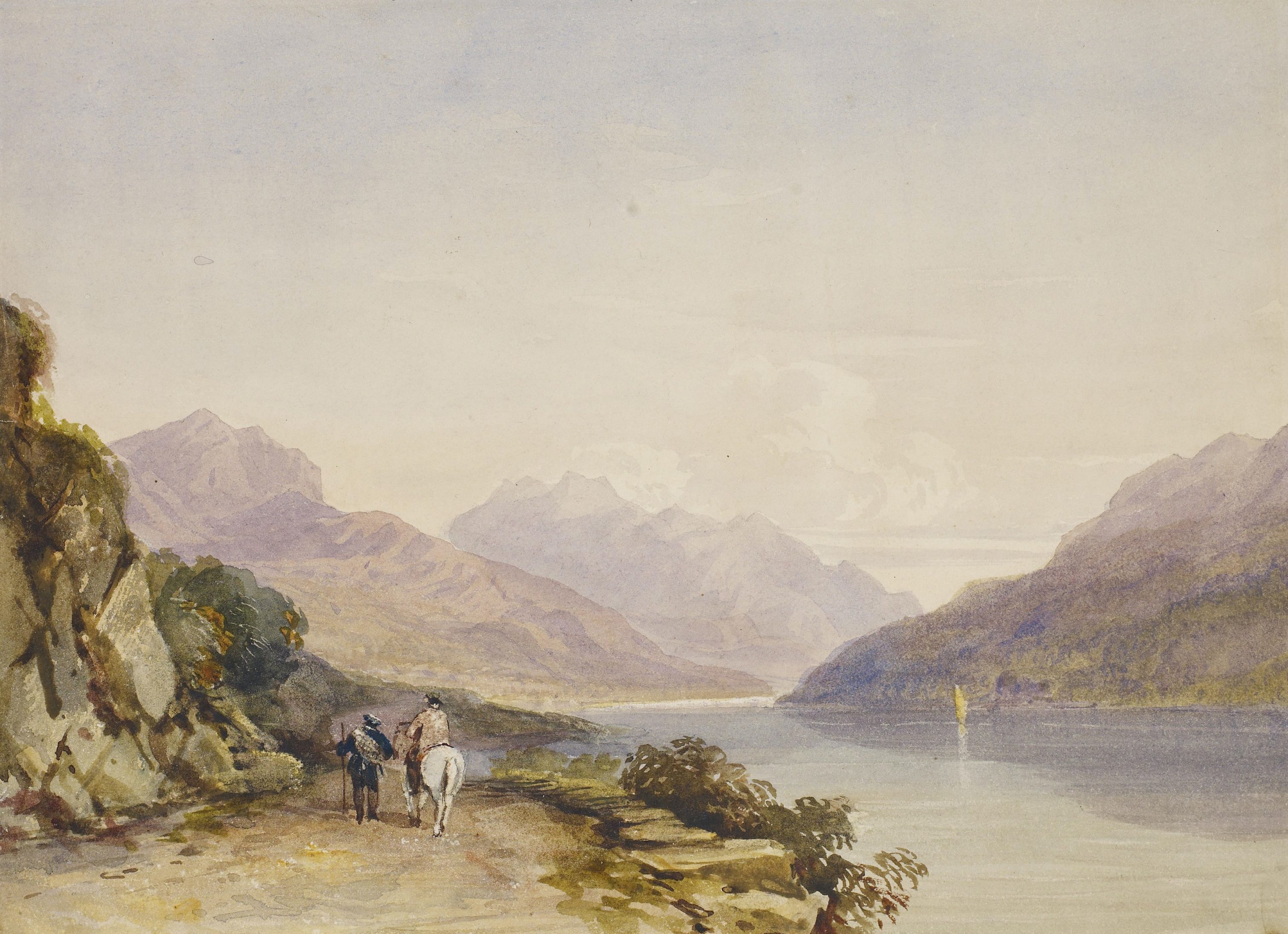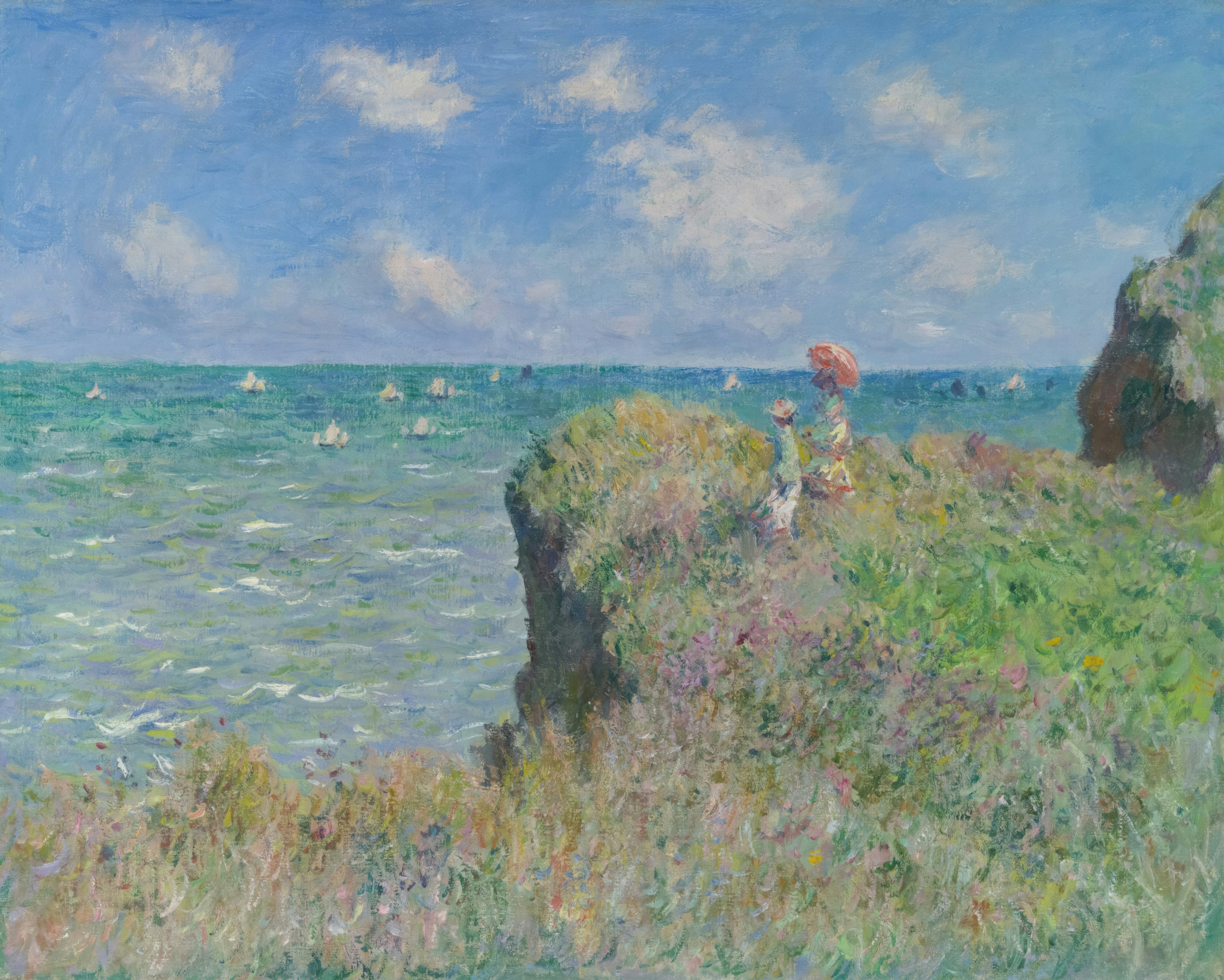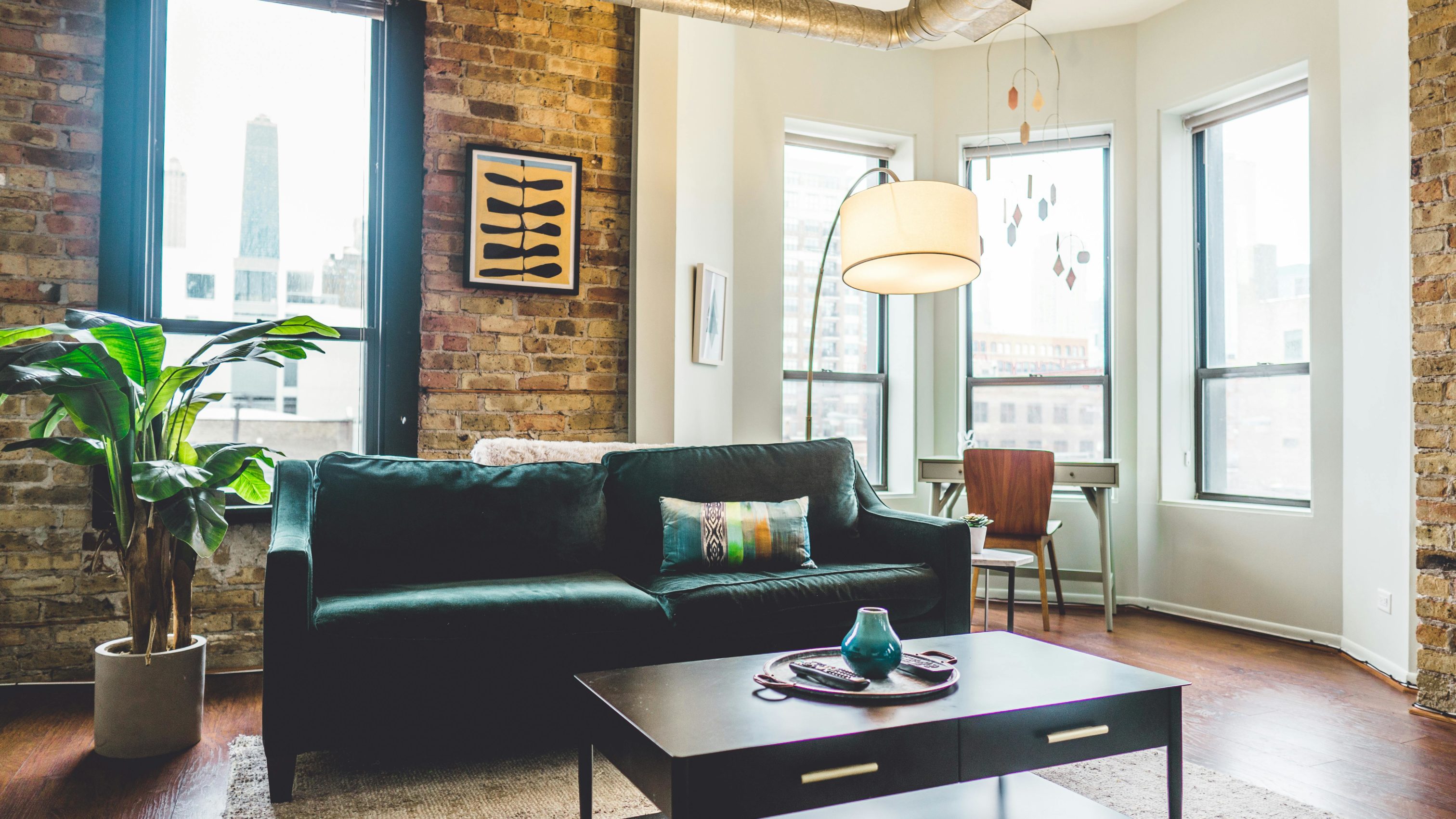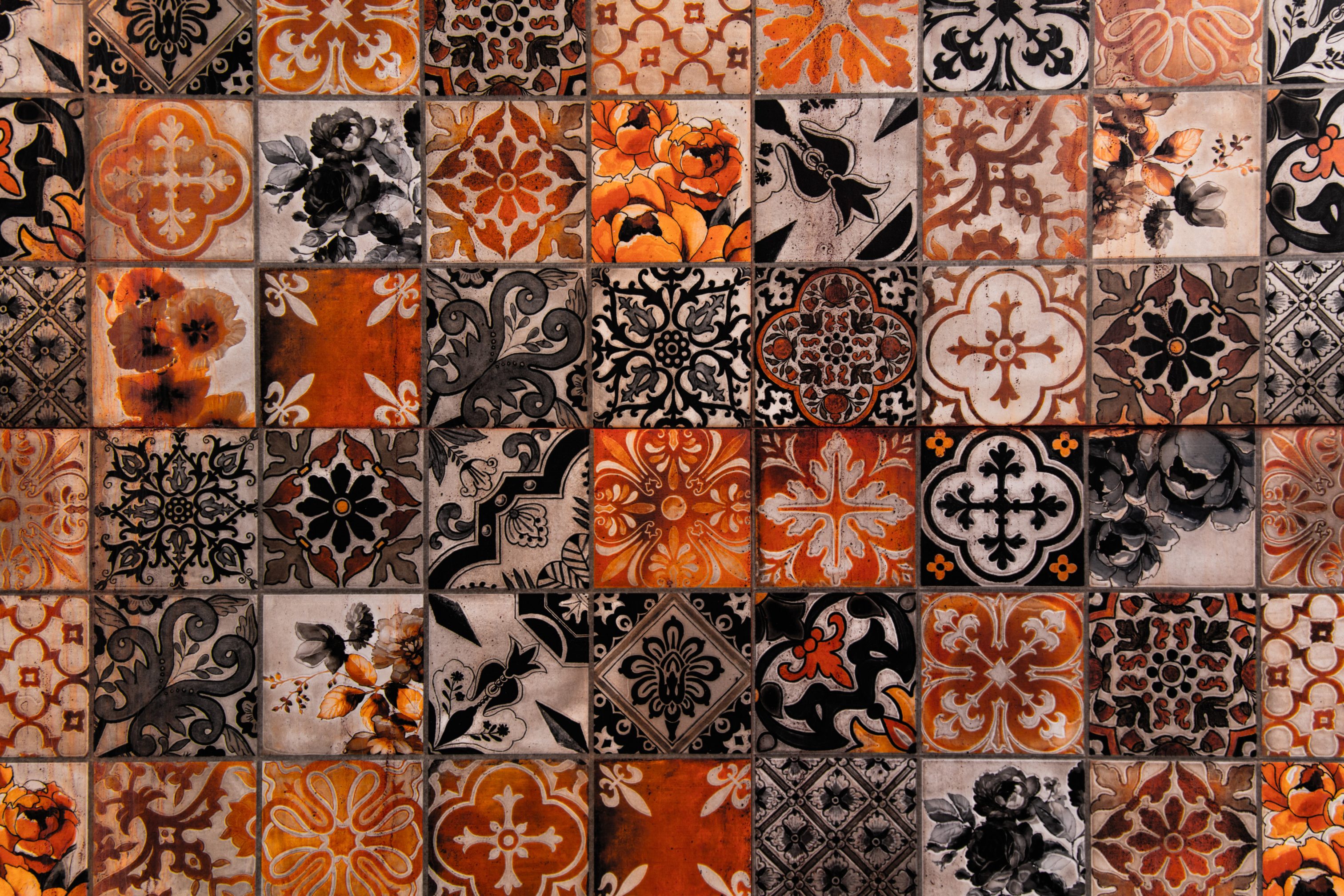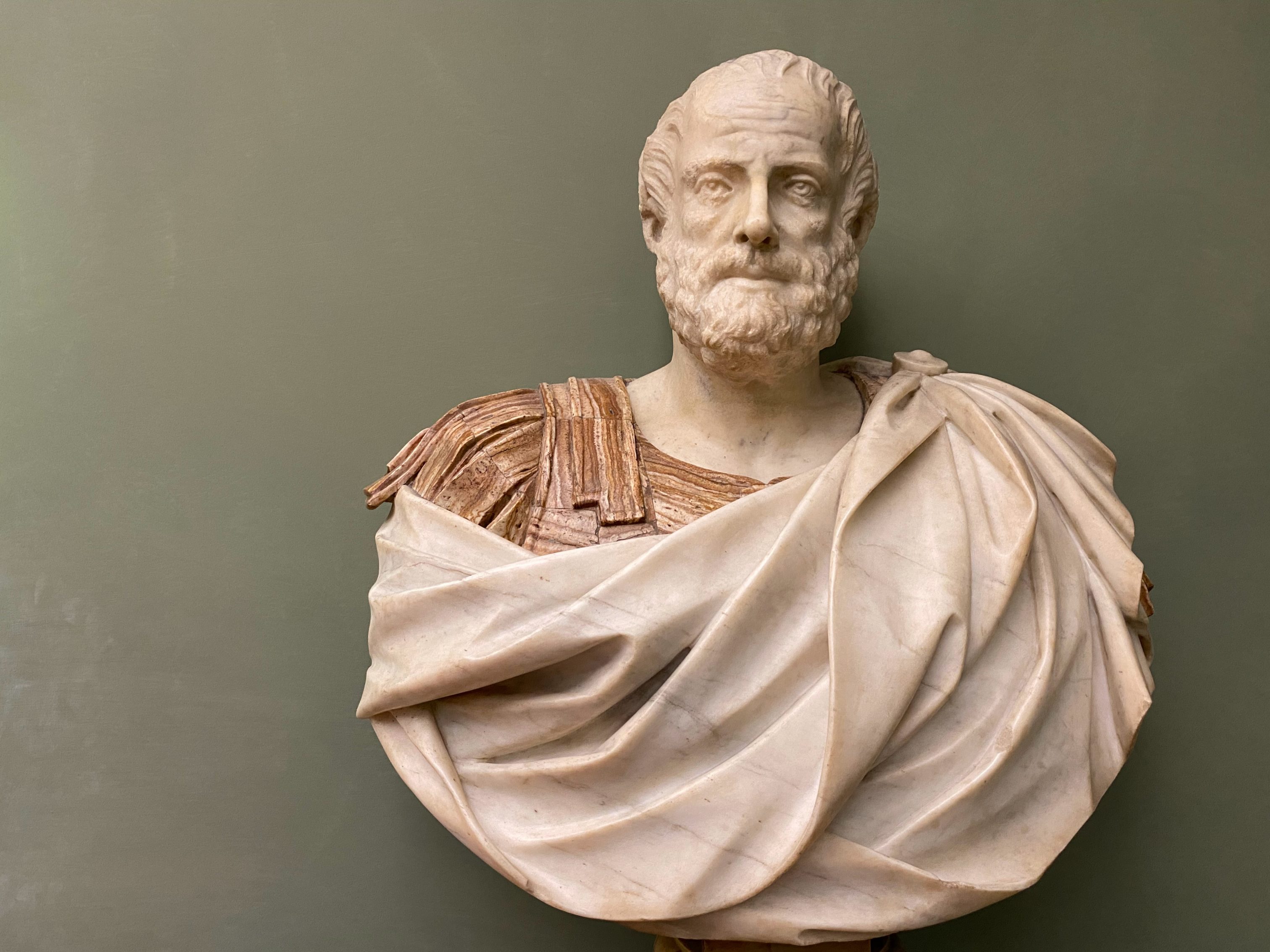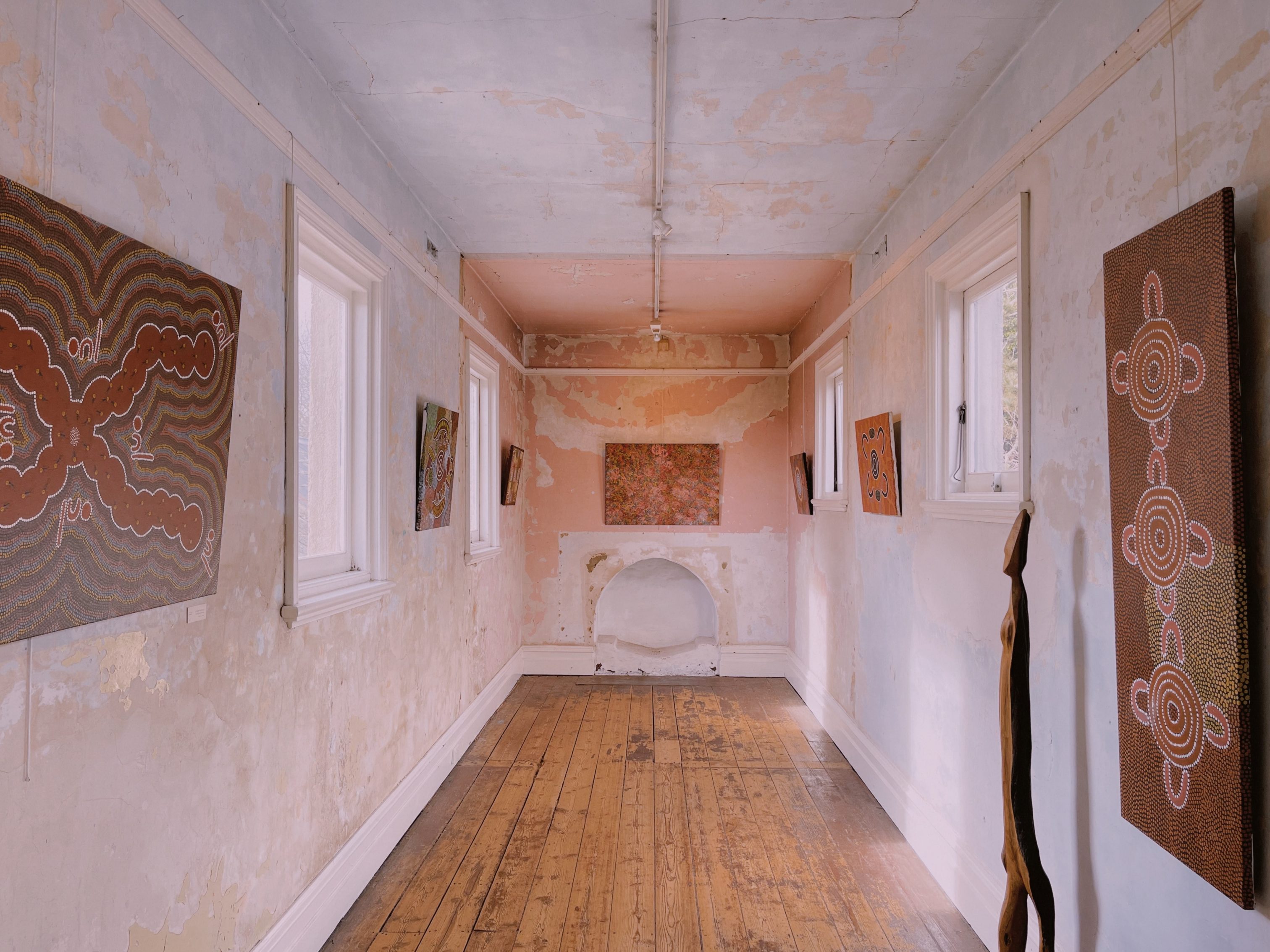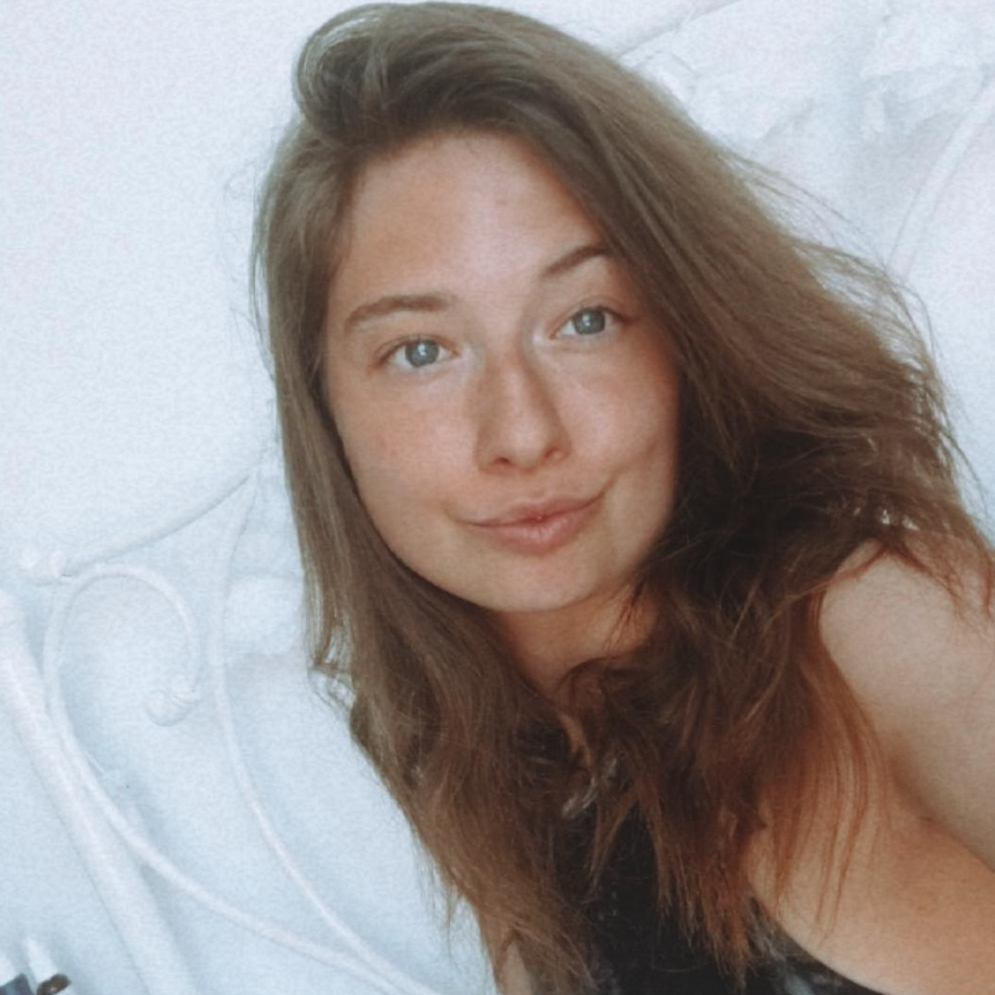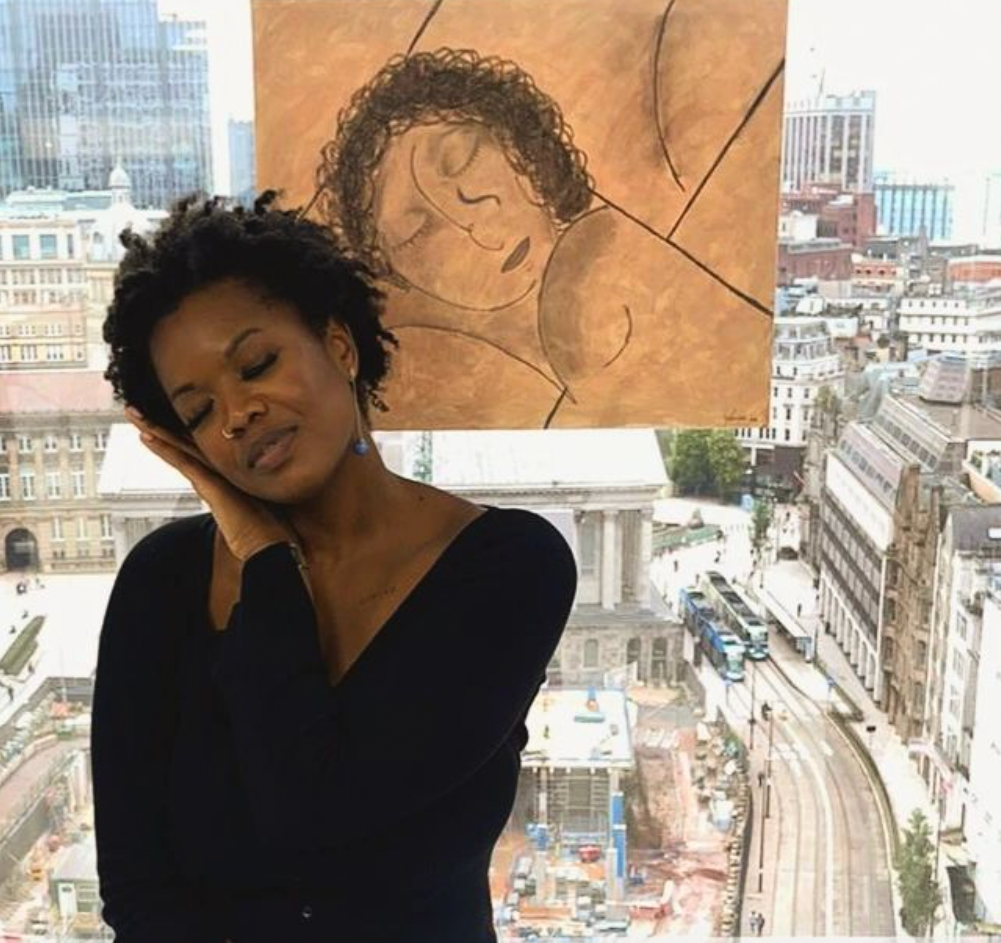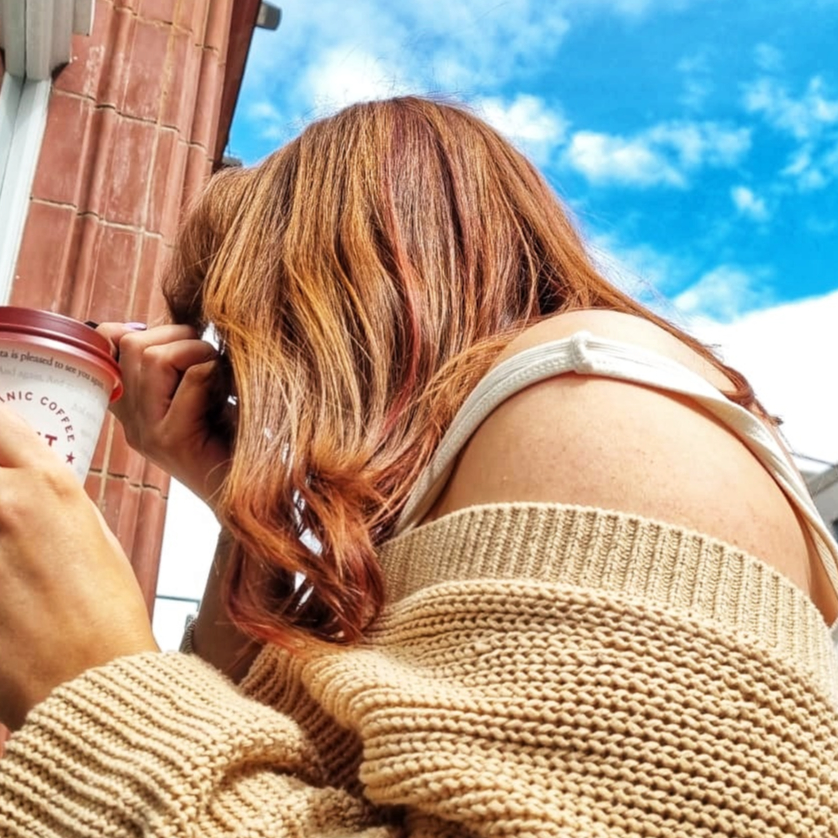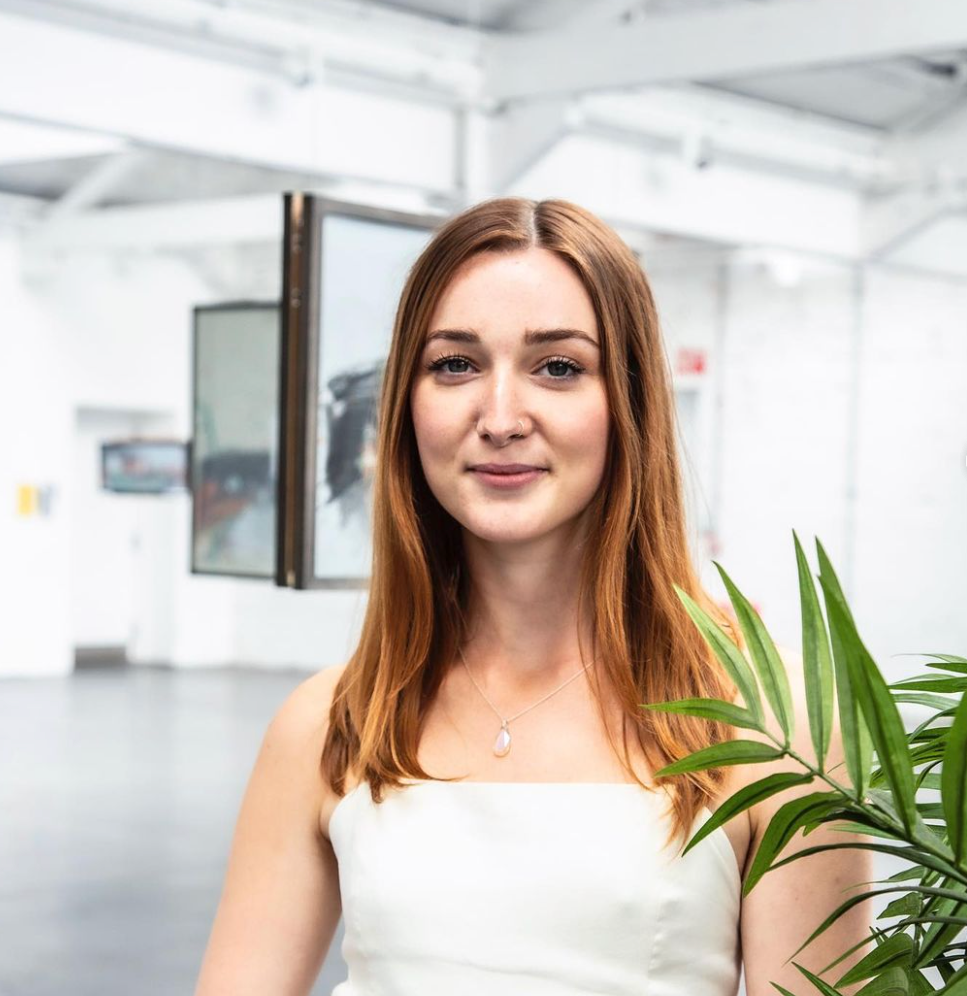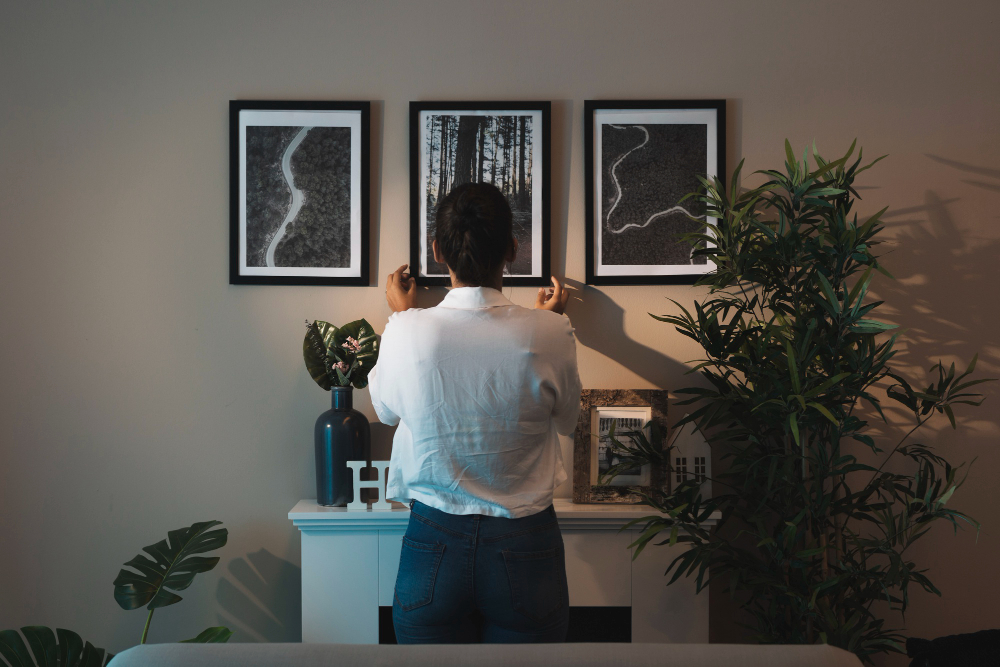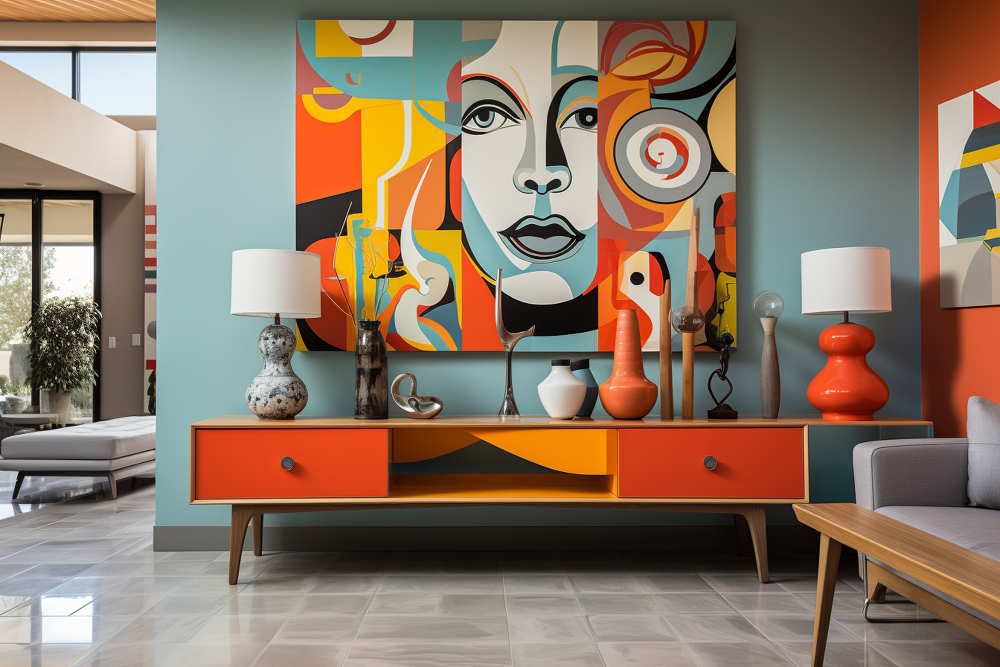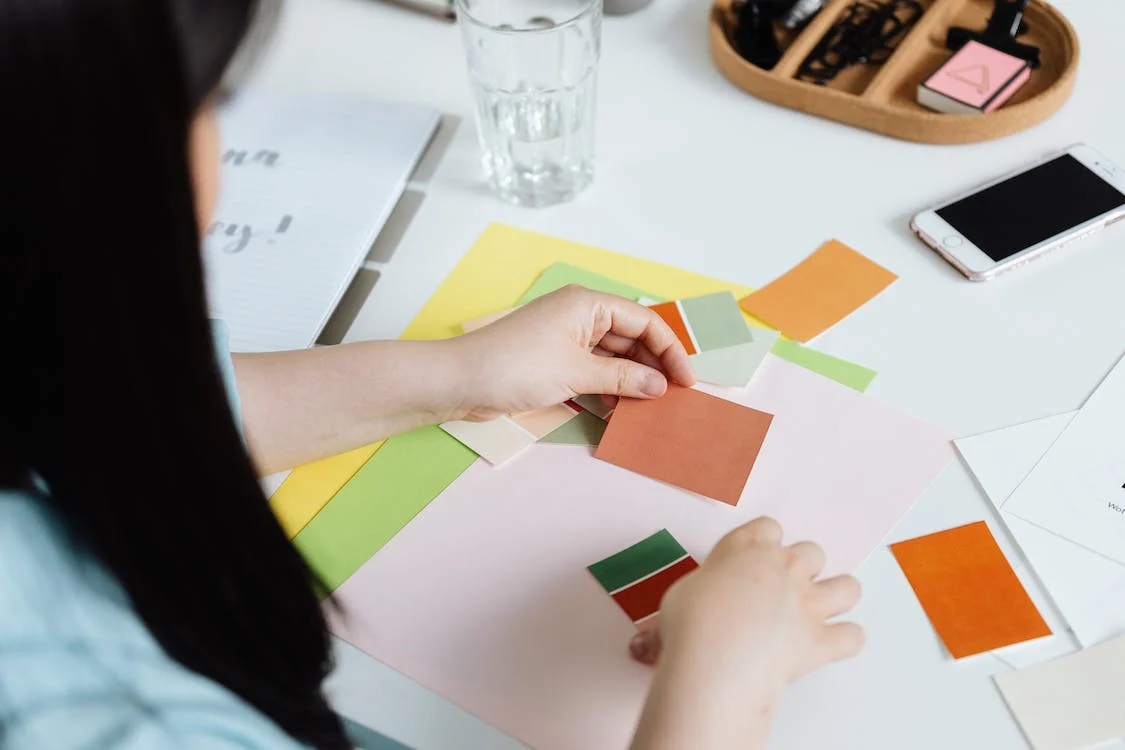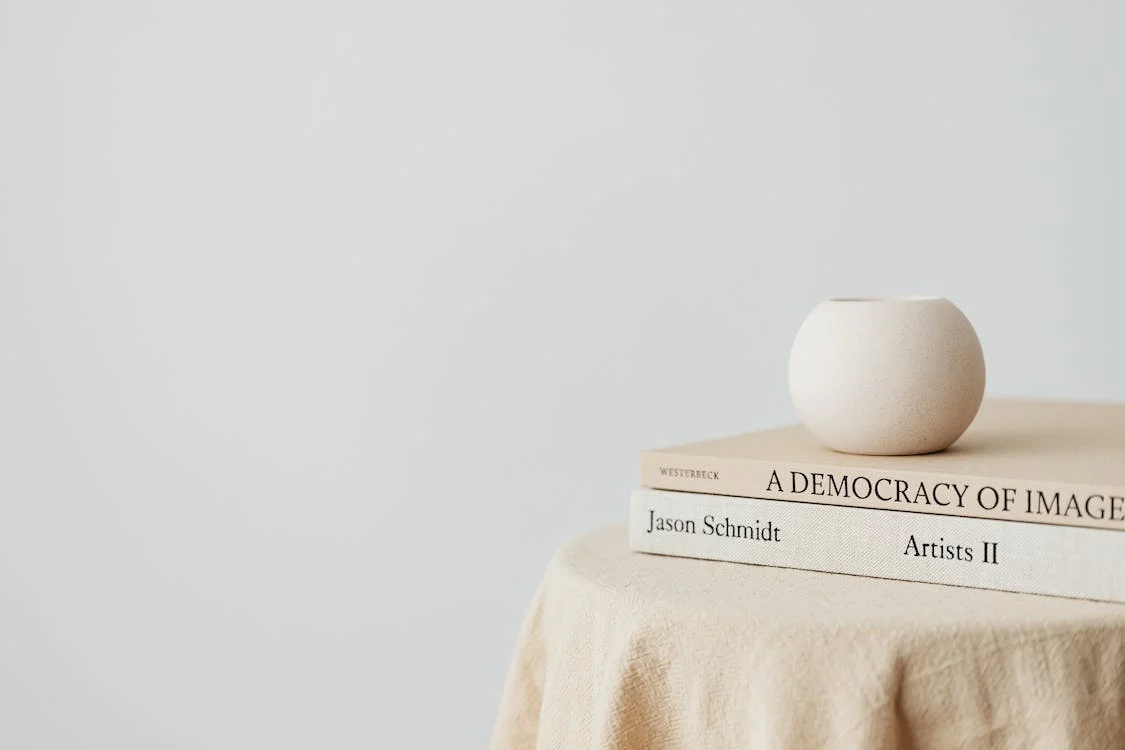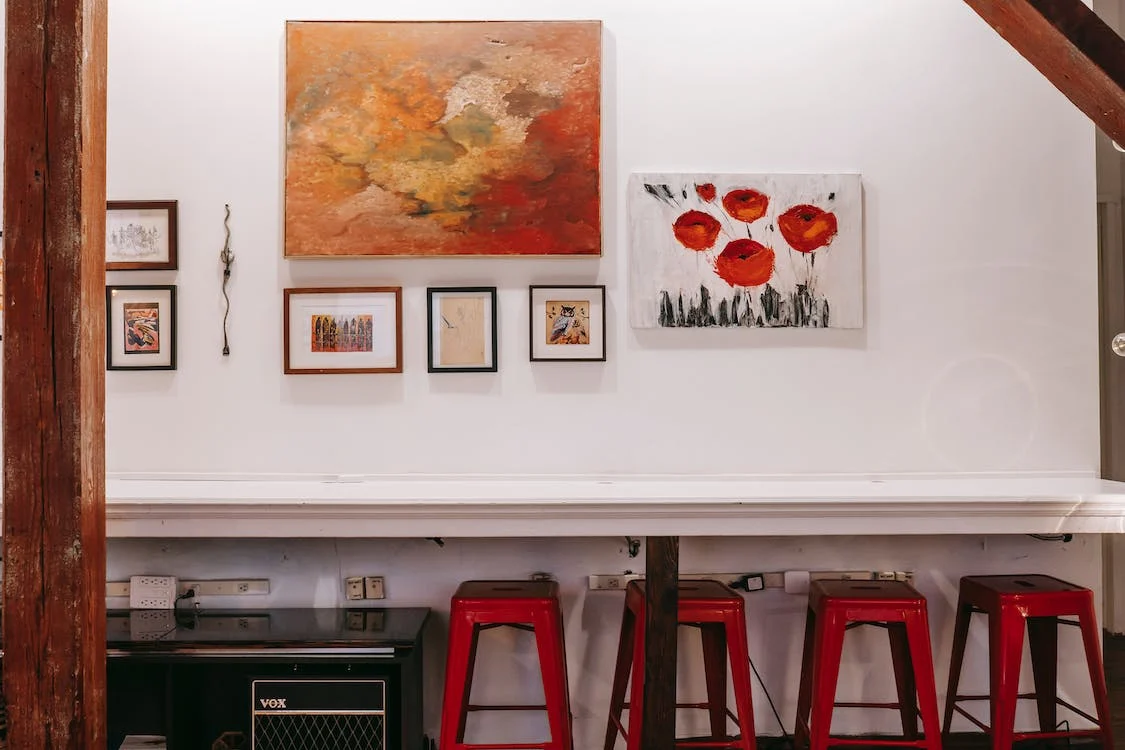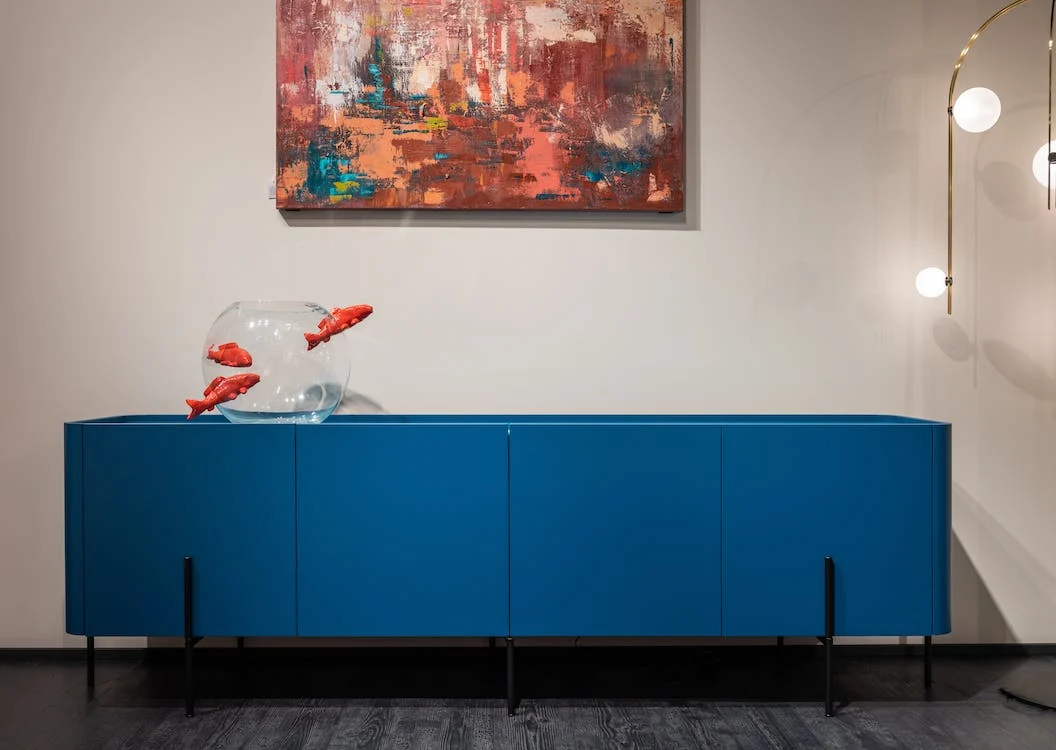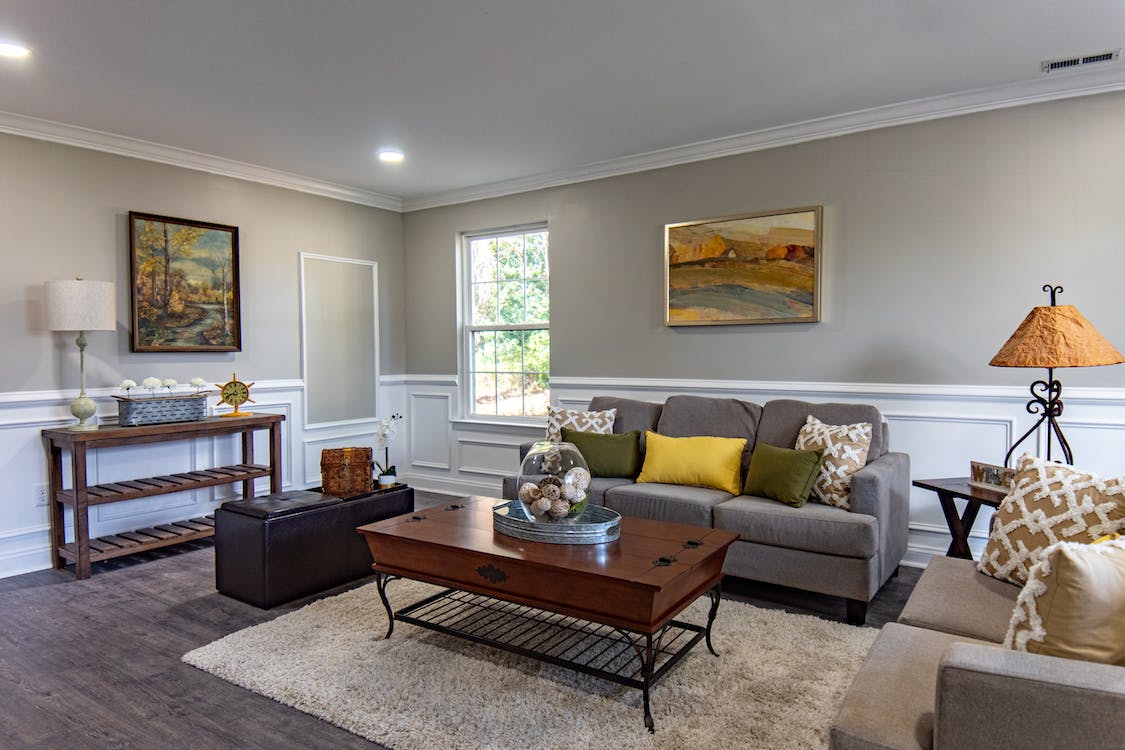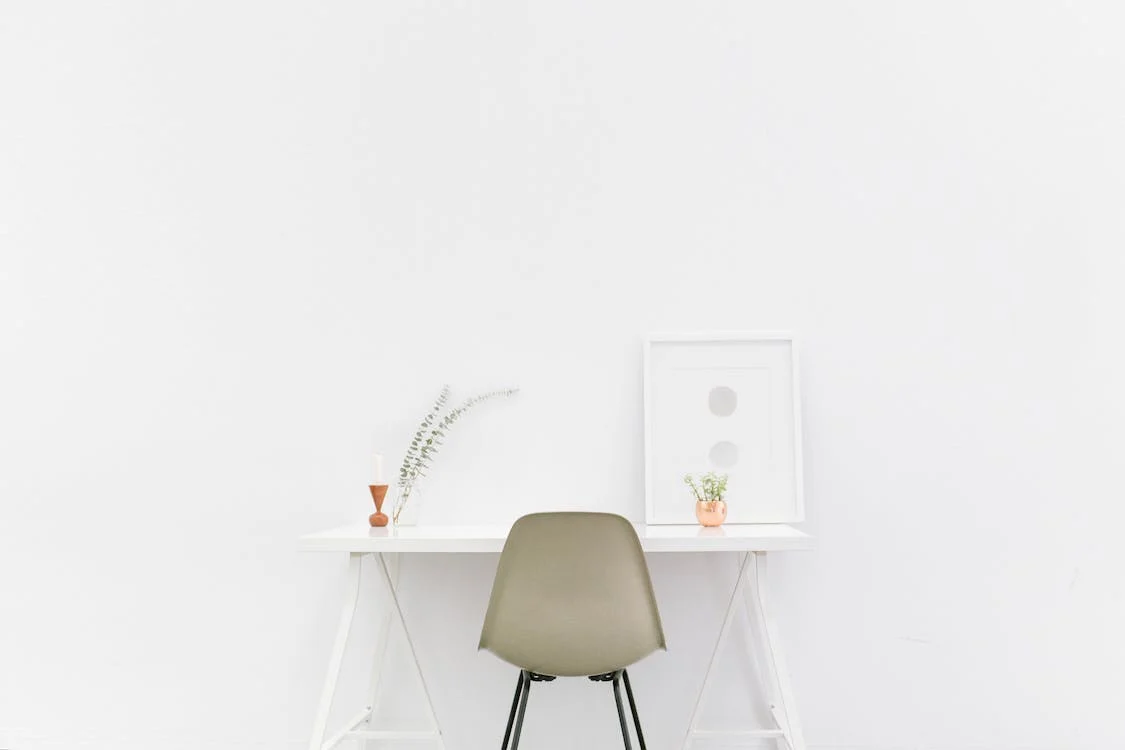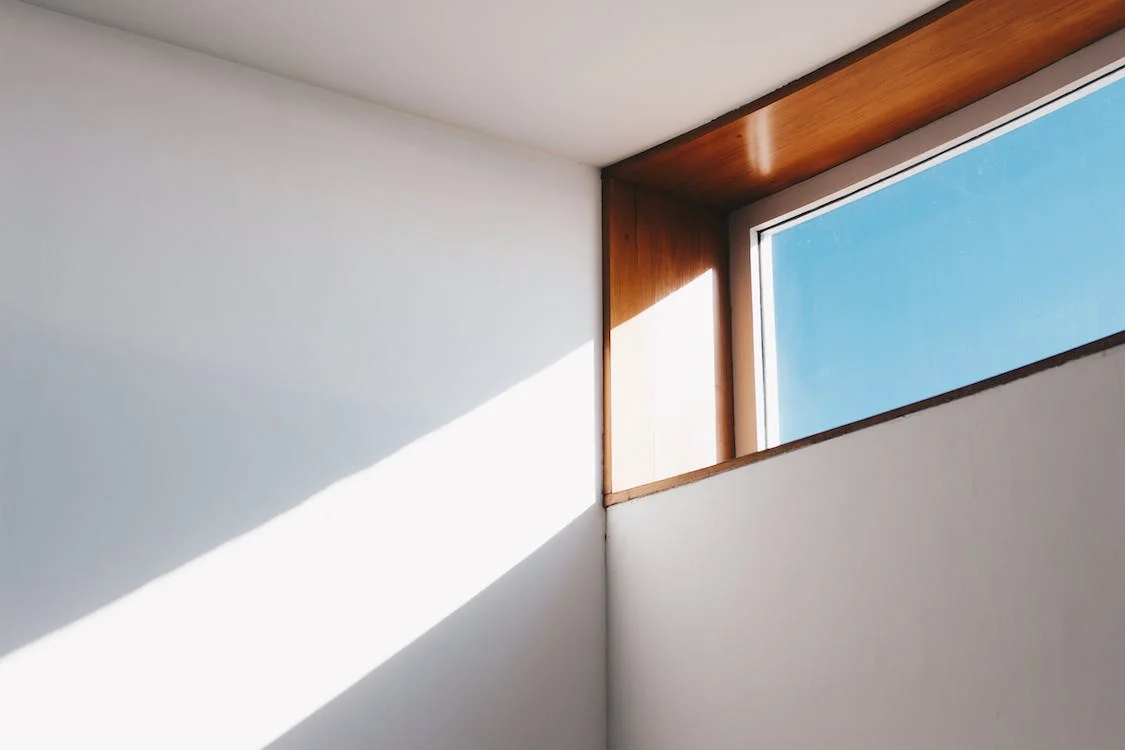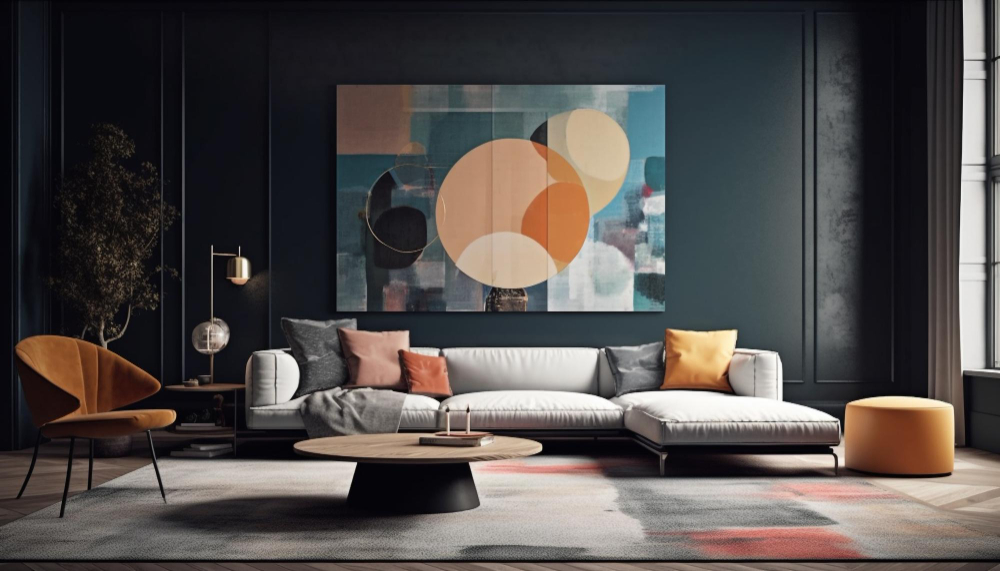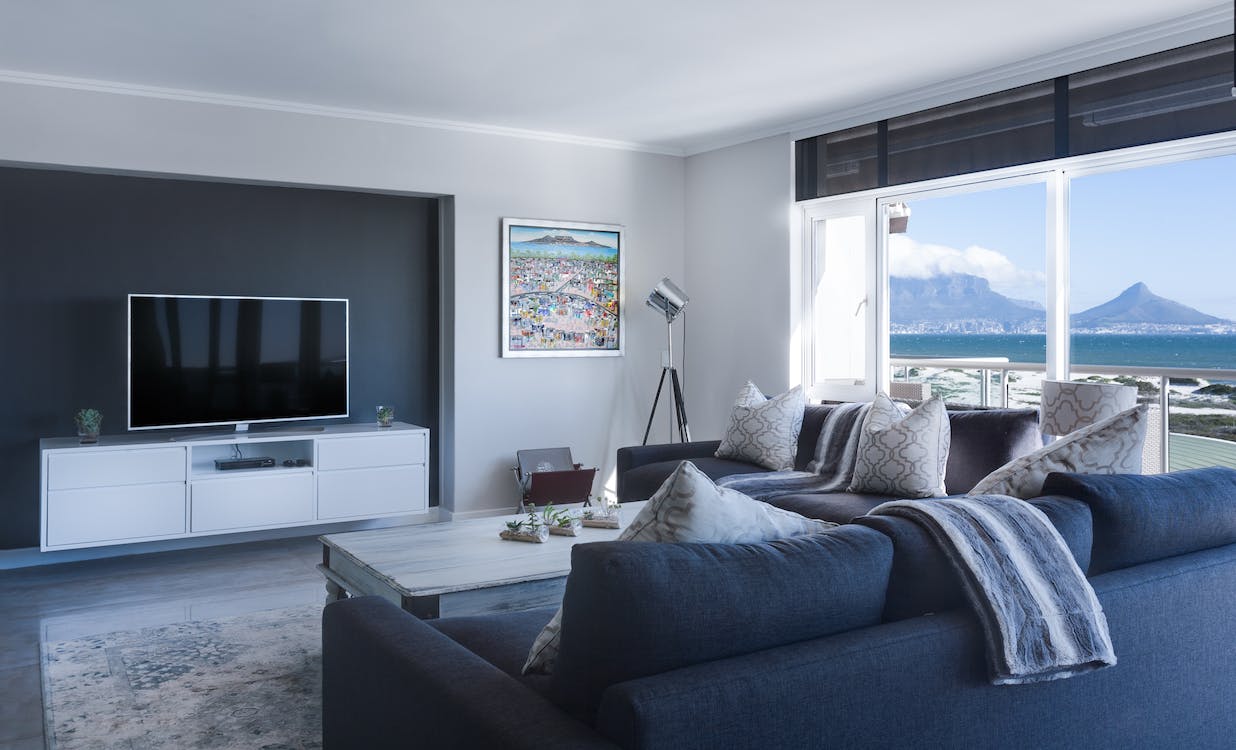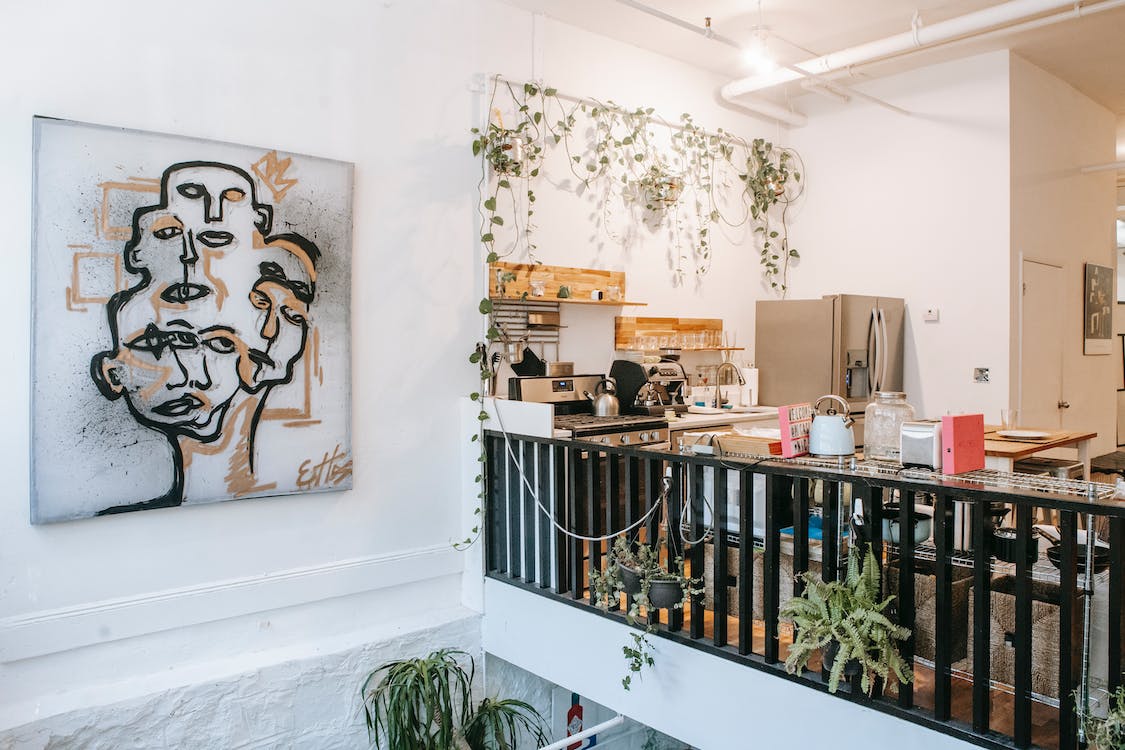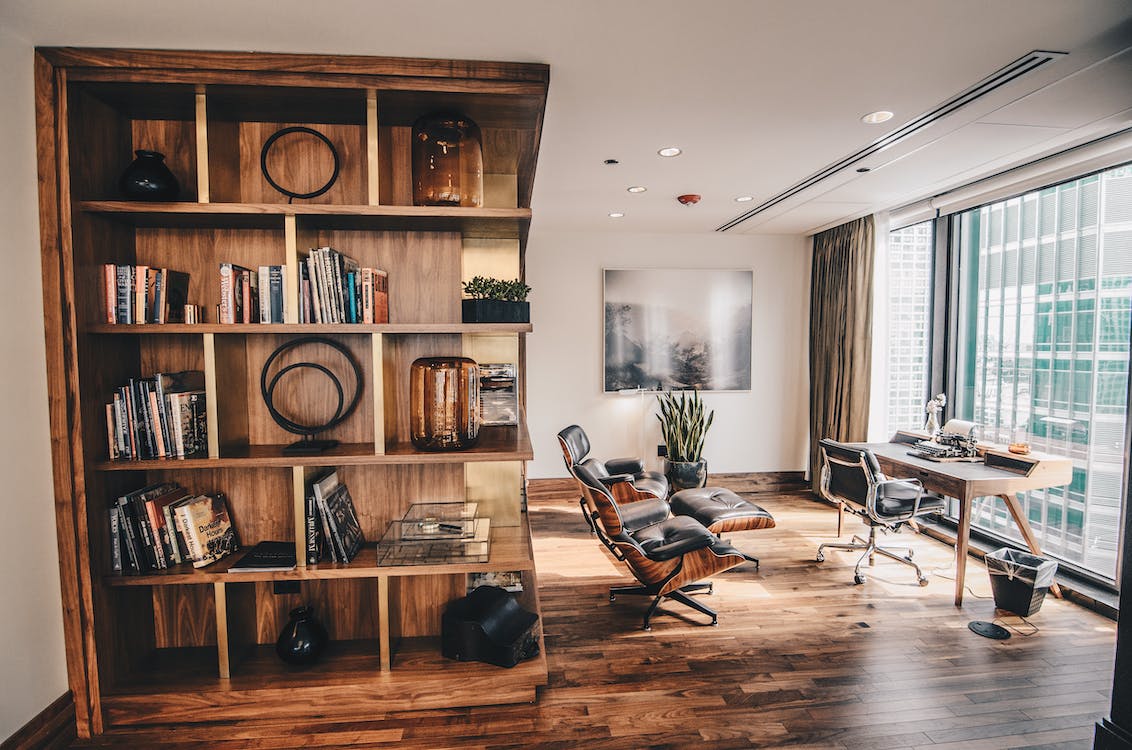Art enthusiasts and interior decorators alike understand the transformative power of a well-curated painting collection. But how do you display these pieces for the greatest impact? In this blog, we’ll explore innovative and creative painting display ideas that can turn any space into an artful sanctuary.
Creative Painting Display Ideas: The Gallery Wall
One of the most popular creative painting display ideas is the gallery wall. This approach involves grouping multiple paintings on a single wall, creating a focal point in the room. To make a gallery wall stand out:
- Mix and match frames for an eclectic look.
- Vary the sizes and orientations of the paintings.
- Keep a consistent theme or colour scheme to maintain harmony.


Creative Painting Display Ideas: Lighting and Layout
When experimenting with creative painting display ideas several key considerations such as lighting and layout can enhance the visual impact of your art.
Lighting Types and Their Impact
Different types of lighting can have varying effects on the appearance of paintings. LED lighting is generally considered the best option for art displays due to its superior colour rendering capabilities and ability to mimic sunlight’s properties, including CRI (Colour Rendering Index) and colour temperature. LEDs are also energy-efficient and long-lasting, making them a practical choice for galleries. Halogen lights, though casting a cooler tone, generate higher heat levels and should be used cautiously near artworks. The type of light used should be based on the medium of the painting, as oil, acrylic, and watercolour paintings interact differently with light.
Colour Temperature and Tunable Lighting
The colour temperature of the lighting plays a crucial role in how the colours in the piece are perceived. LED lights with a colour temperature range of 5,200 – 5,400 Kelvin are ideal for art lighting. Moreover, colour-tunable lighting allows for flexibility in adjusting both the colour temperature and the intensity of the light, making it possible to tailor the lighting to specific pieces or artists.
Lighting Angle and Intensity
The angle at which the light hits the painting is critical in reducing glare and ensuring the artwork is sufficiently illuminated. A general recommendation is to light artwork at a 30-degree angle. Adjusting this angle can help reduce glare on artwork under glass or highlight textures in paintings. The intensity of the lighting should be about three times brighter than the room’s ambient lighting to emphasise the artwork without overpowering it.
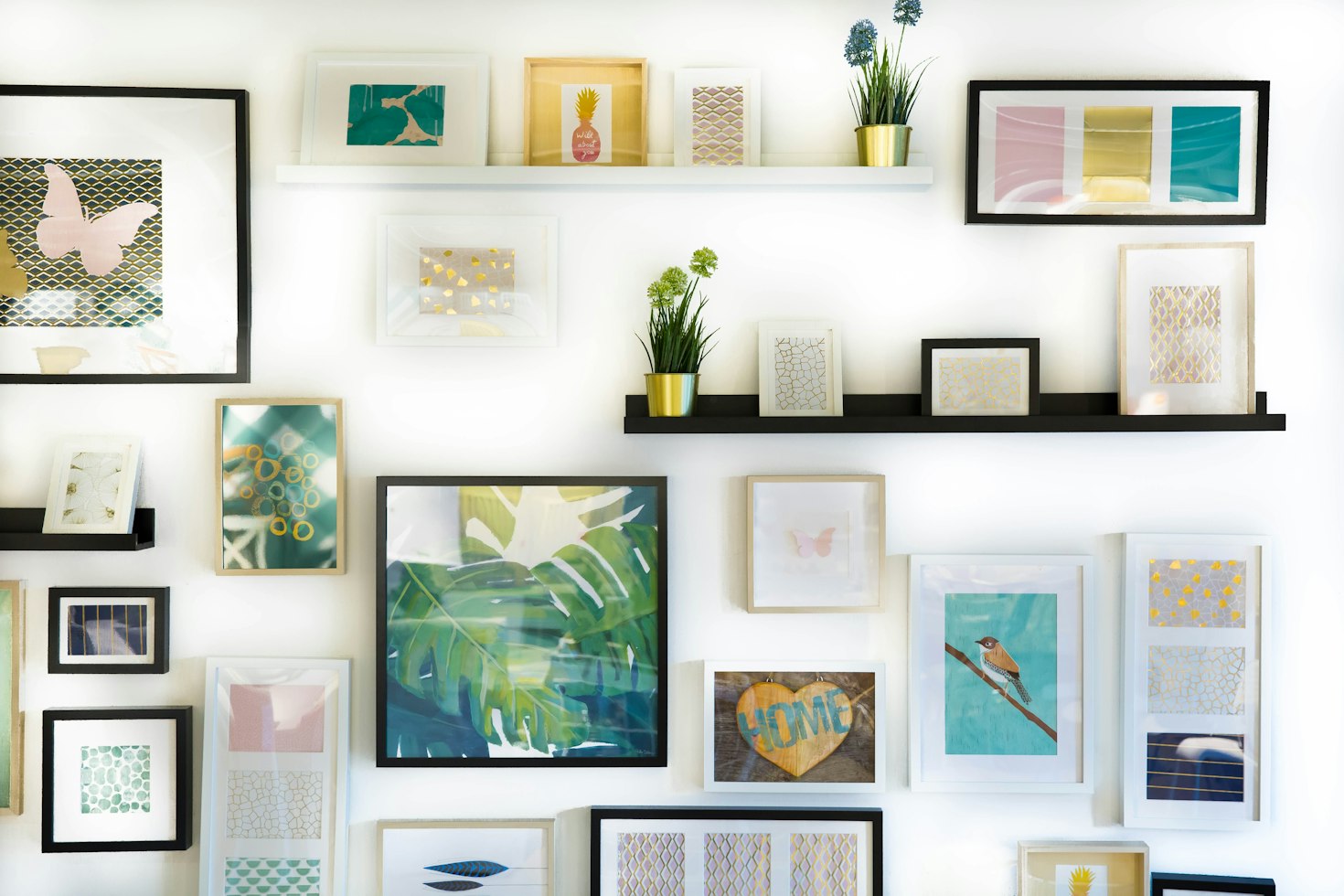
Consideration for Artwork Size
When choosing lighting fixtures, it’s essential to consider the size of the artwork. The light source size should be proportional to the artwork to avoid overshadowing or under-lighting it. Picture lights, for instance, should be chosen based on the width of the artwork’s frame.

Positioning and Installation of Light Fixtures
The installation and positioning of the light fixtures are as crucial as the type of light used. For example, adjustable track lighting and recessed lighting offer flexibility and can be positioned to highlight specific aspects of a painting. The goal is to install these fixtures to maximise their effect on the artwork while maintaining the overall aesthetic of the display space.
By carefully considering these factors, you can create a display that showcases your paintings in the best light and contributes to the overall ambience and aesthetic appeal of the space.
Creative Painting Display Ideas: Unconventional Spaces
Exploring unconventional spaces for displaying paintings can add a unique and creative touch to your home or gallery. Here are some innovative ideas inspired by various sources:
- Displaying Art in Front of a Window:: Leaning art on the window sill or even hanging it in the middle of the window can create a dramatic effect, offering a blend of natural light and artistic expression.
- Utilising Side Spaces: Hanging art on the sides of appliances or furniture, like the side of a fridge or a closet, can be an unexpected yet visually appealing way to showcase your collection.

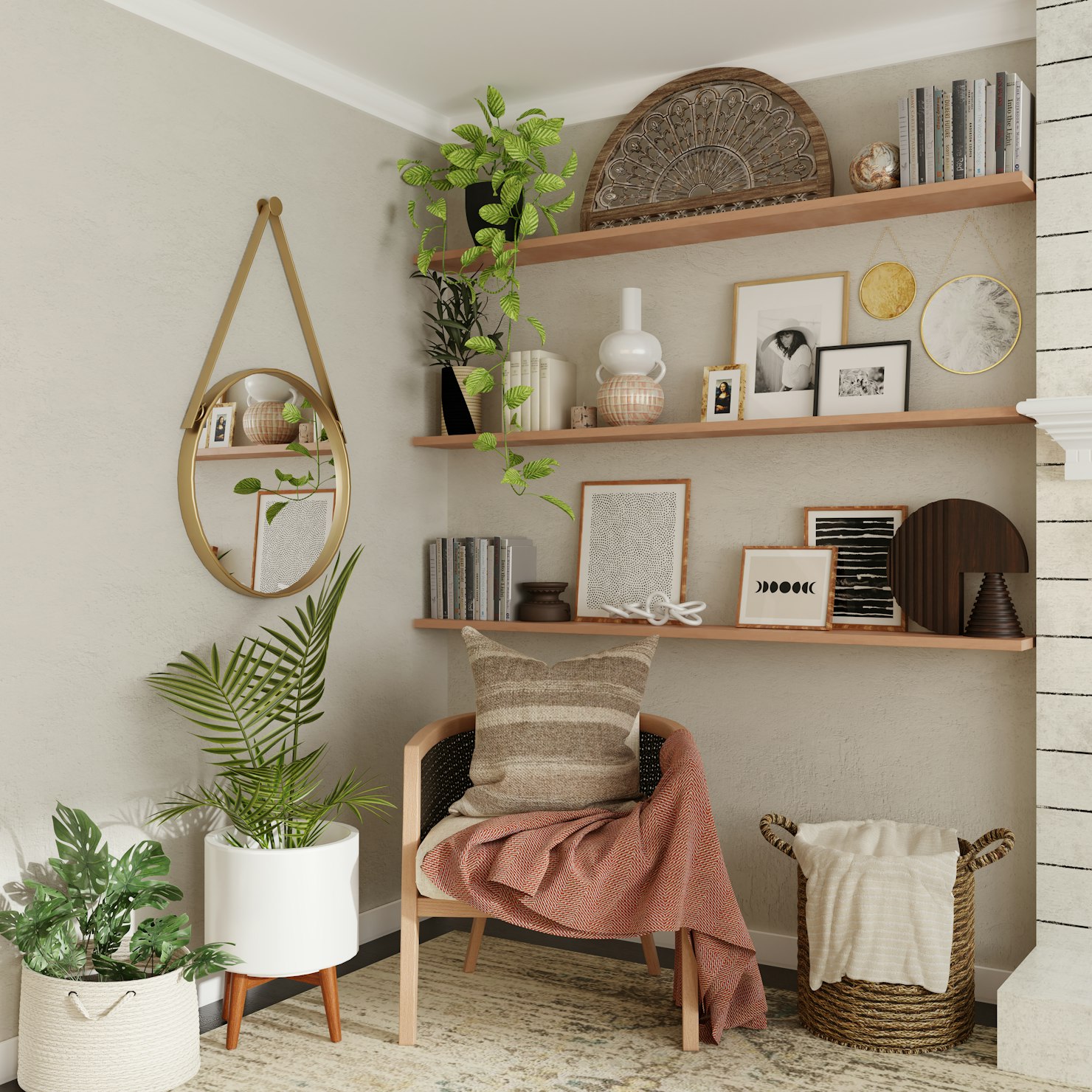
- Leaning Large Art against walls: For a relaxed and casual vibe, lean larger pieces against the wall on the floor or a low credenza. This method is beneficial in spaces where wall hanging isn’t permitted or preferred.
- Using Wall Corners: Utilising wall corners for art displays can create an interesting visual dynamic and is a great way to utilise often overlooked spaces.
- Layering or Aligning on Frame Shelves: Displaying art on shelves allows for flexibility and the opportunity to layer or align artworks in a visually engaging manner.
- Mounting Art on Bookshelves or Built-ins: Integrating art into your bookshelves or built-in units can add depth and character to these functional spaces.

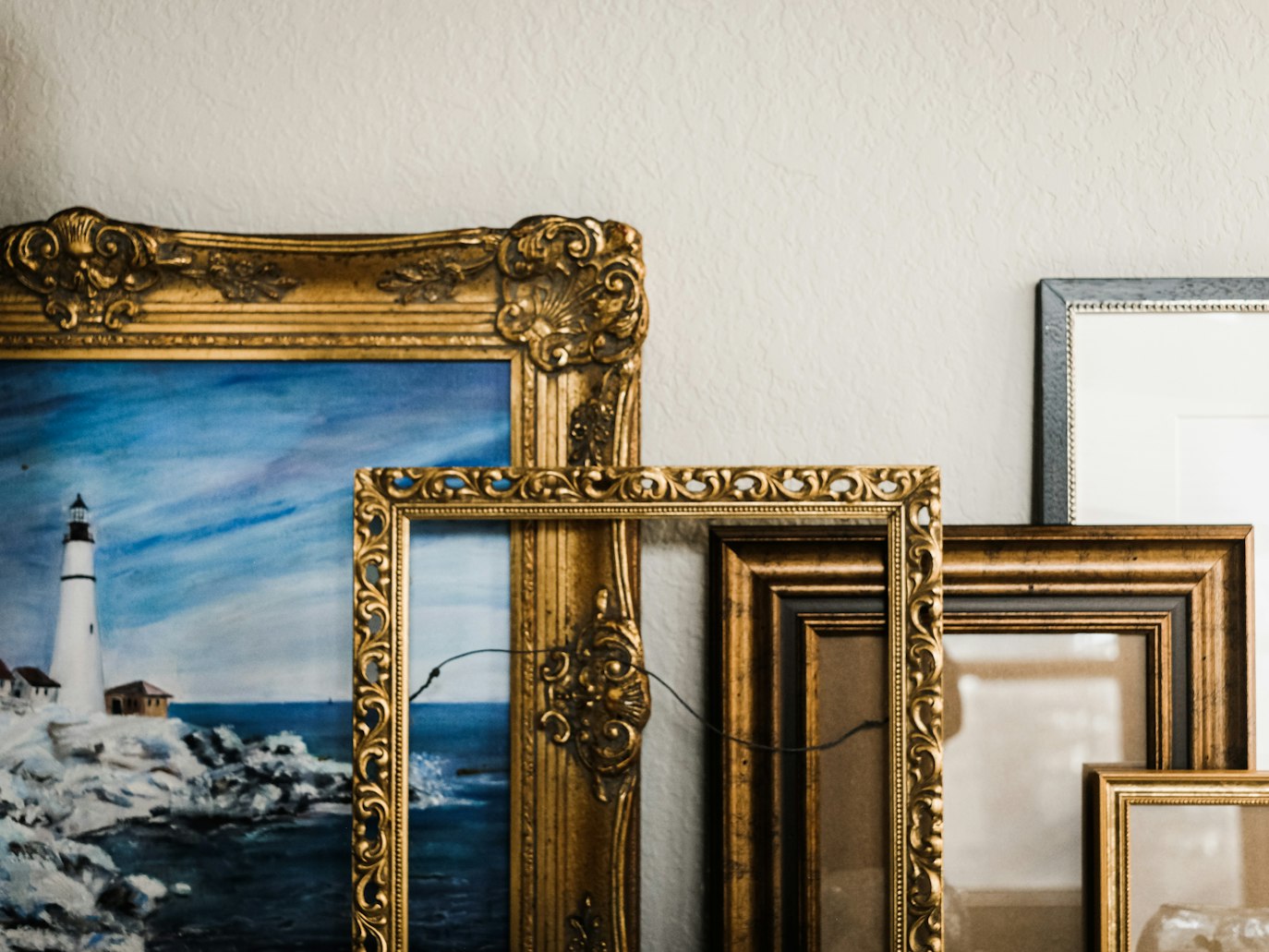
- Experimenting with Frames and No Frames: Mixing framed and unframed pieces can create a diverse and intriguing display, allowing each piece to stand out uniquely.
- Displaying Art on a Shelf or Counter: Placing art on shelves or counters, especially when layered behind other objects, can create a rich, layered aesthetic.
- Incorporating Art into Everyday Spaces: Consider displaying art in non-traditional areas like kitchens or bathrooms for an unexpected presentation.
- Hanging Art on a Door: Utilising doors as a display space, especially with personal or sentimental artworks, can add a unique touch to private and shared spaces.
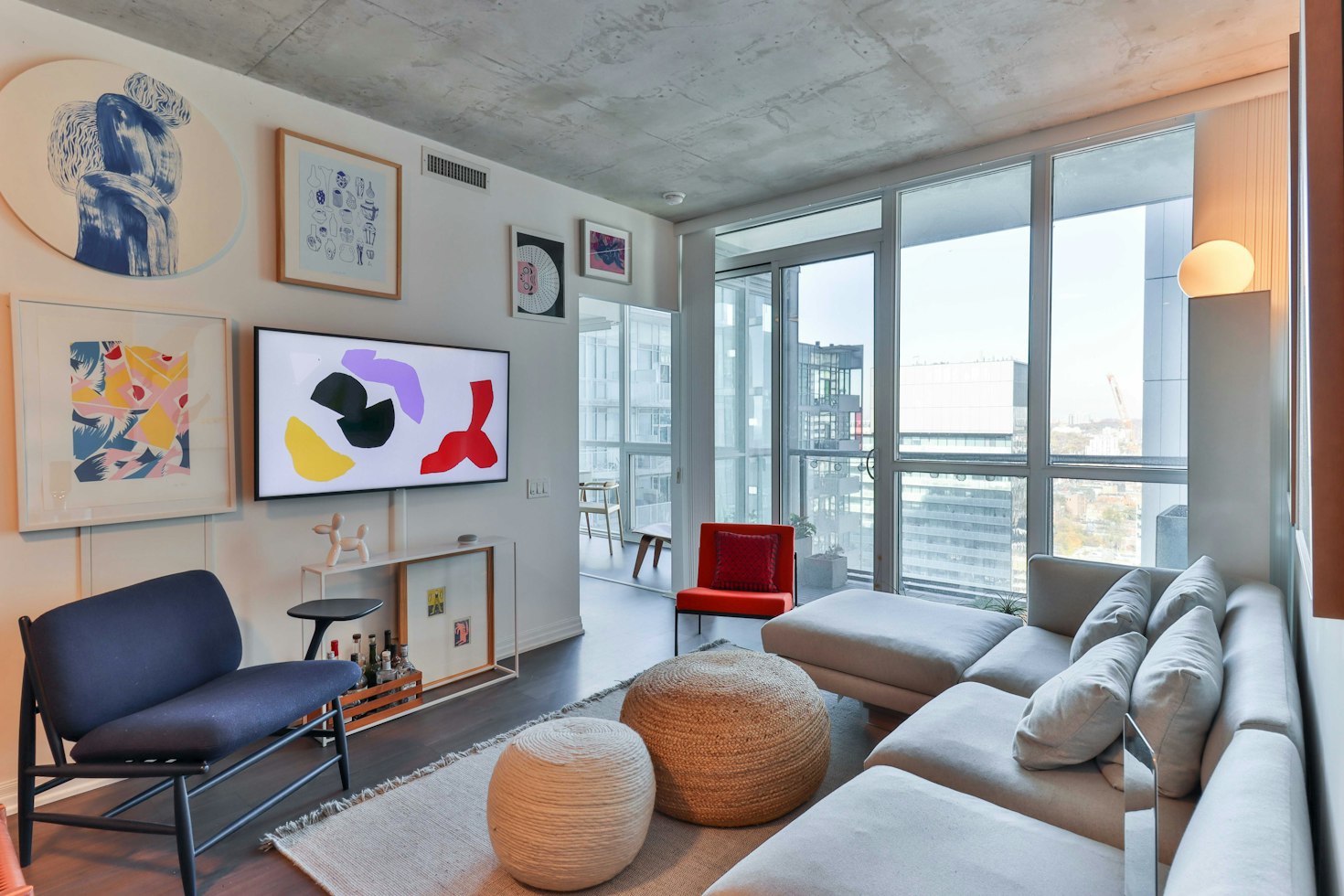
These creative approaches to displaying paintings enhance the visual appeal of your space and offer a unique way to experience art in everyday life. Remember, the key to a successful display is experimenting with different layouts and finding the best for your space and style.
Beyond the Frame: Thinking Outside the Box
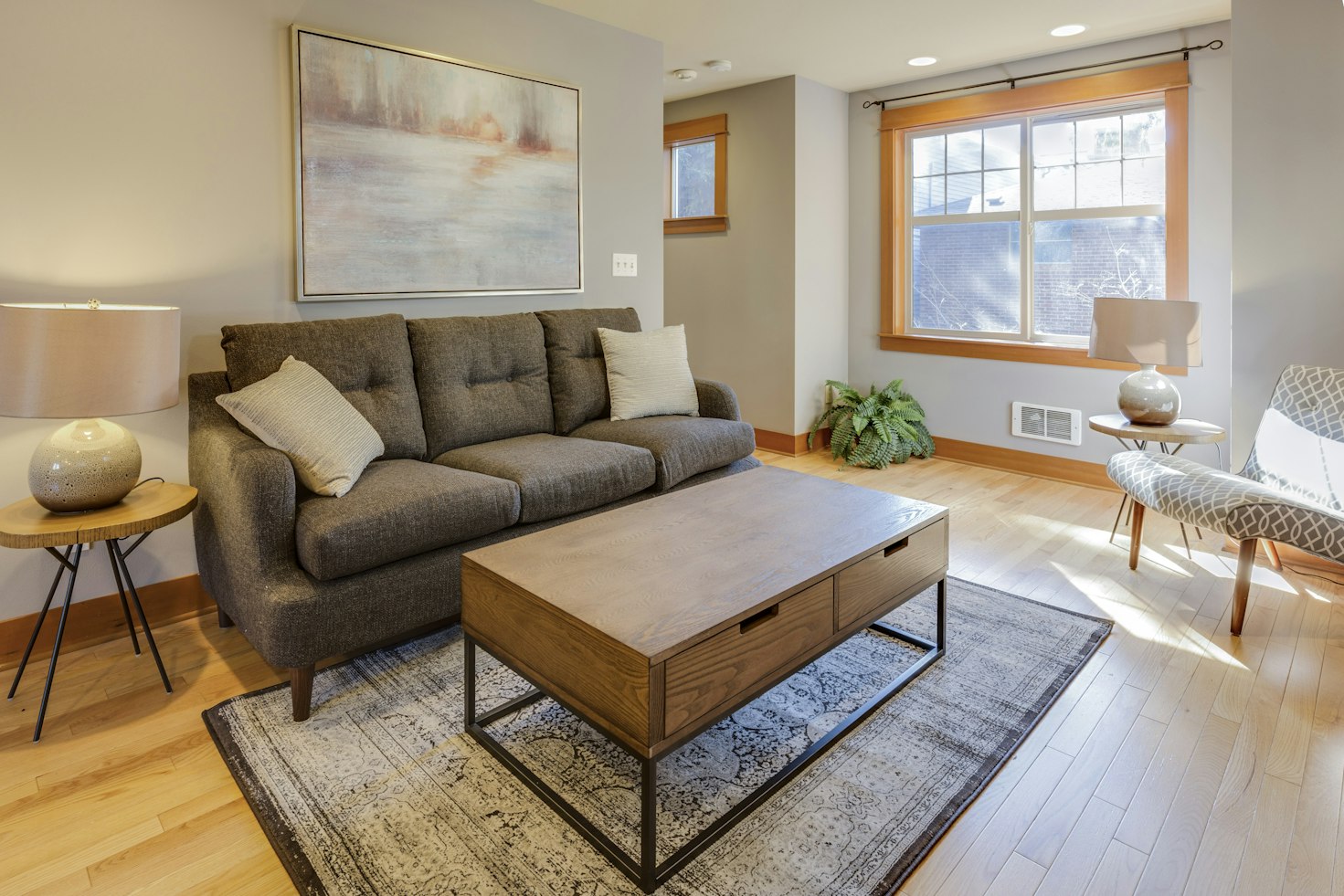
To make your collection stand out, think beyond traditional framing:
-
- Frameless canvases can create a modern, sleek look.
- Vintage or ornate frames can add character to contemporary art.
- Digital frames allow the rotation of digital art or high-quality reproductions.
The Power of Colour in Creative Painting Display Ideas
The colour of your walls can significantly impact how your paintings are perceived:
- Neutral walls make colourful paintings pop.
- Dark walls create a dramatic backdrop for lighter, vibrant art.
- Experiment with wall colours to see how they interact with your collection.

Conclusion
Displaying a collection of paintings is an art in itself. By employing these creative painting display ideas, you can ensure that your collection enhances your space and creates an immersive and visually stunning experience. Remember, the key is having fun and letting your style shine through your display choices.


